The Department of Energy is finding new ways to partner with NASA. Together, we are using research to enable space travel as well as conduct research that is only possible in space.
Tag: NASA
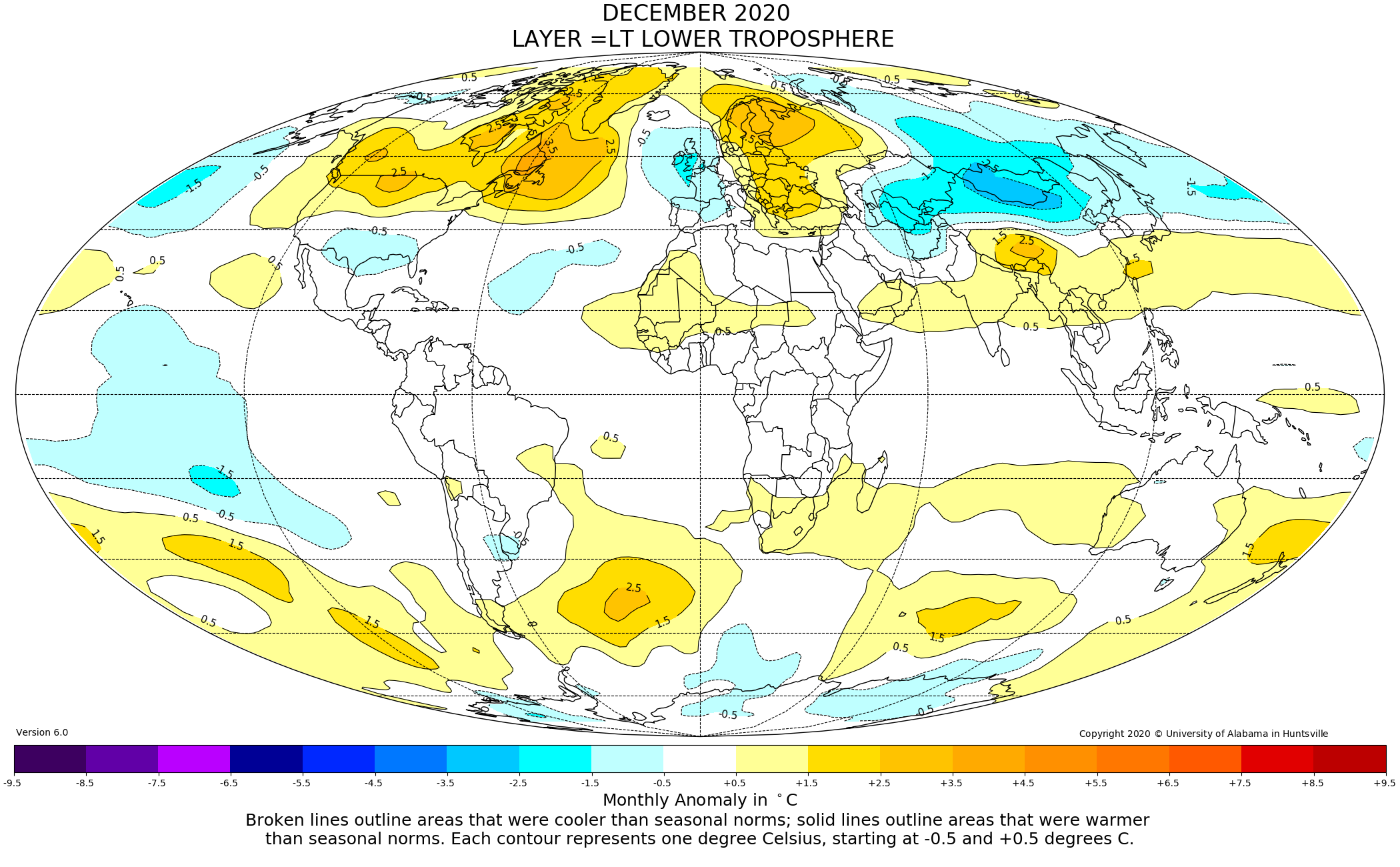
Global climate trend since Dec. 1 1978: +0.14 C per decade
Global Temperature Report: December 2020
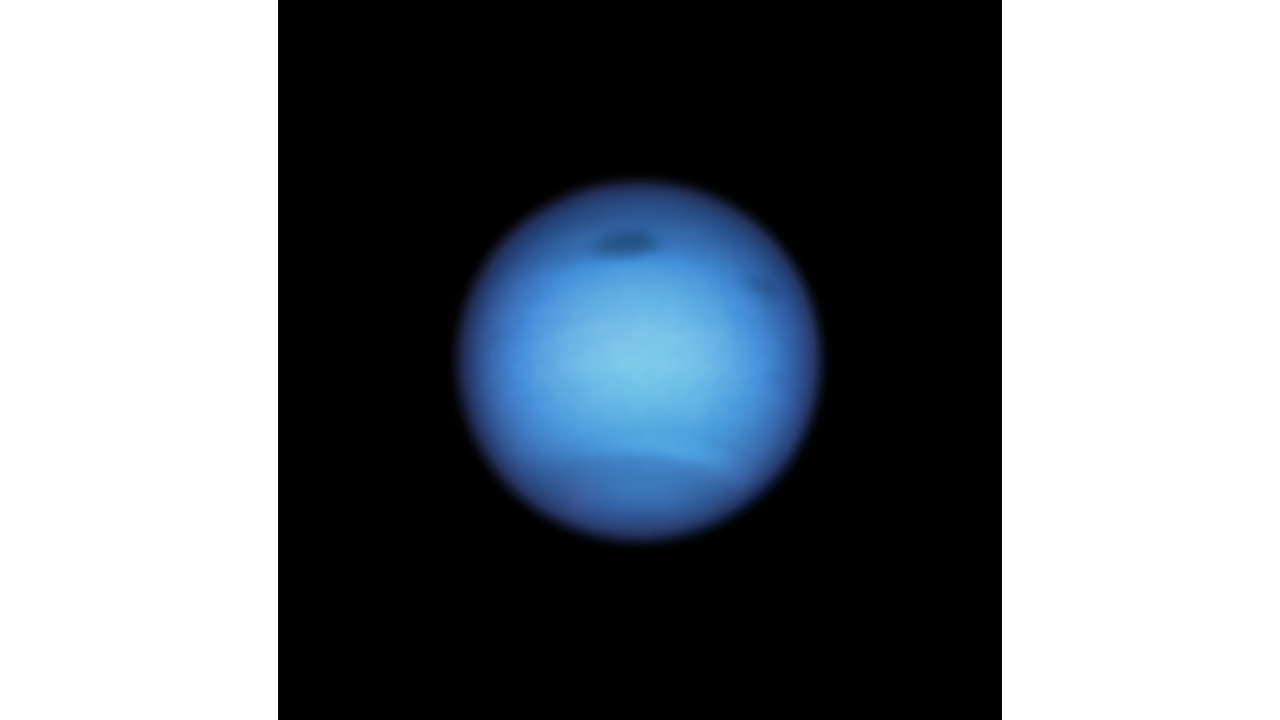
Dark Storm on Neptune Reverses Direction, Possibly Shedding a Fragment
A giant dark storm on Neptune heading for certain doom at the equator mysteriously halted its journey and began drifting in the opposite direction. Almost simultaneously, another smaller dark spot appeared nearby, only to vanish months later. Hubble astronomers are presenting these findings today at the Fall 2020 American Geophysical Union meeting.
Powerful electrical events quickly alter surface chemistry on Mars and other planetary bodies
Thinking like Earthlings may have caused scientists to overlook the electrochemical effects of Martian dust storms. On Earth, dust particles are viewed mainly in terms of their physical effects, like erosion. But, in exotic locales from Mars to Venus to Jupiter’s icy moon Europa, electrical effects can affect the chemical composition of a planetary body’s surface and atmosphere in a relatively short time, according to research from Washington University in St. Louis.
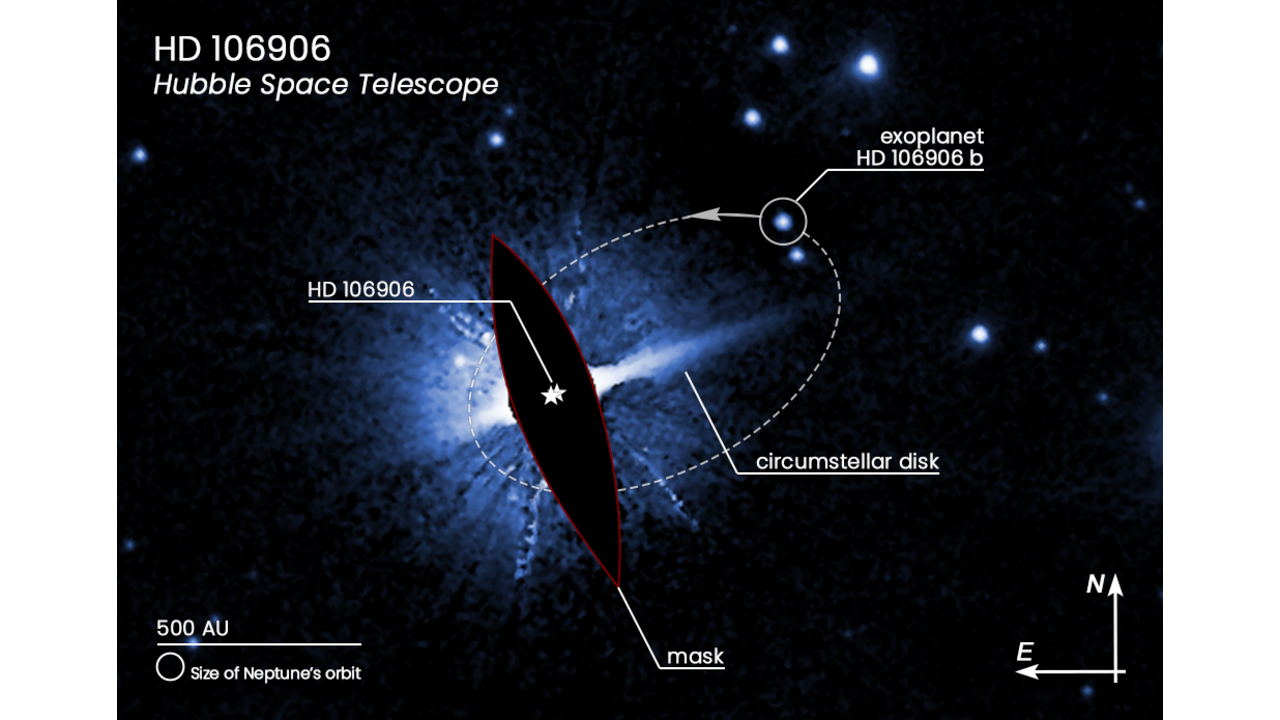
Hubble Pins Down Weird Exoplanet with Far-Flung Orbit
Astronomers analyzing Hubble images of the double star, HD 106906, have discovered a planet in a huge 15,000-year-long orbit that sweeps it as far from its stellar duo as Planet Nine would be from our Sun. This is observational evidence that similarly far-flung worlds may exist around other stars. Researchers hypothesize that the planet wound up there in a game of planetary pinball where the gravitational pull of a passing star modified the orbit’s shape.
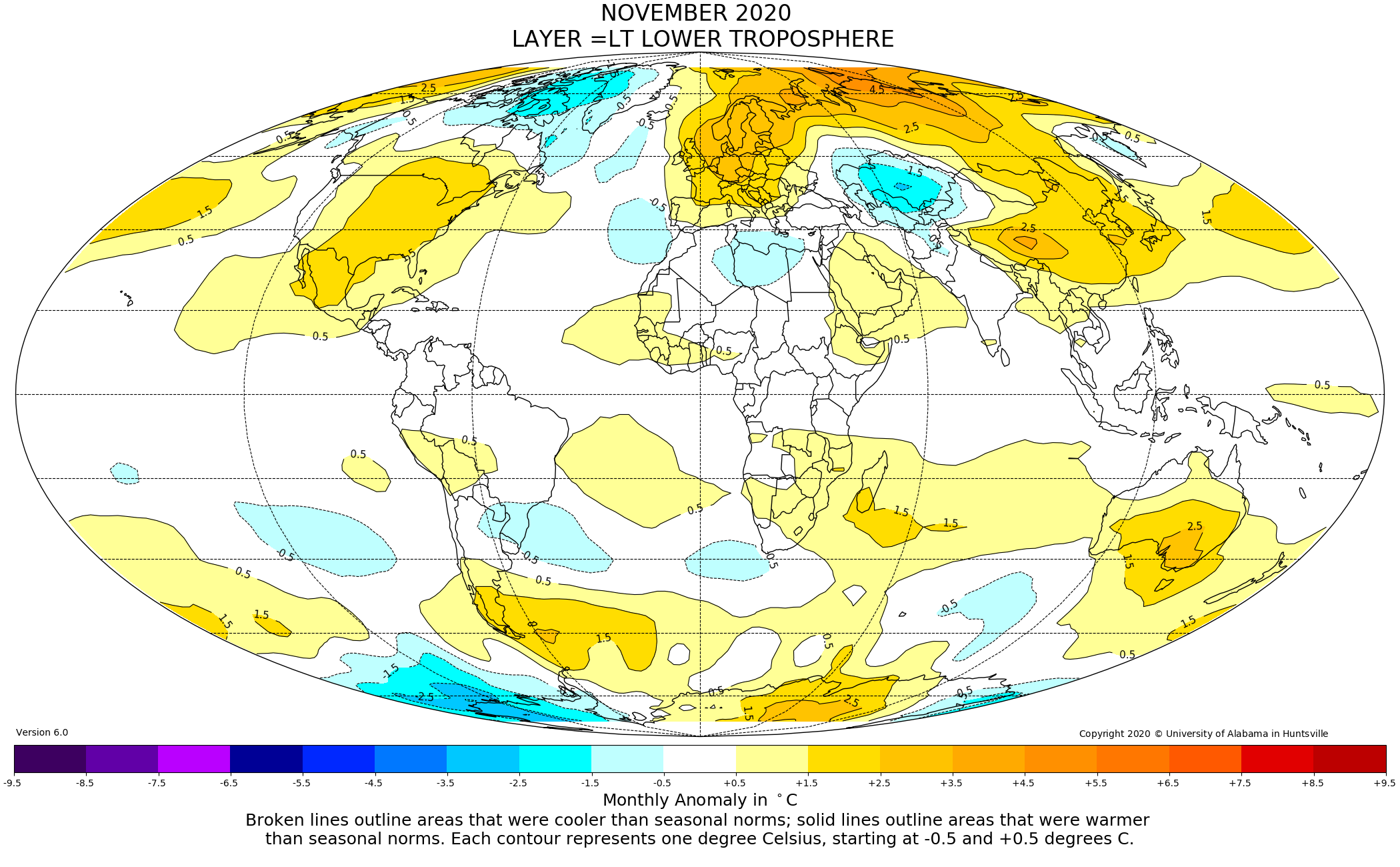
Global climate trend since Dec. 1 1978: +0.14 °C (+0.25 °F) per decade
Global Temperature Report: November 2020
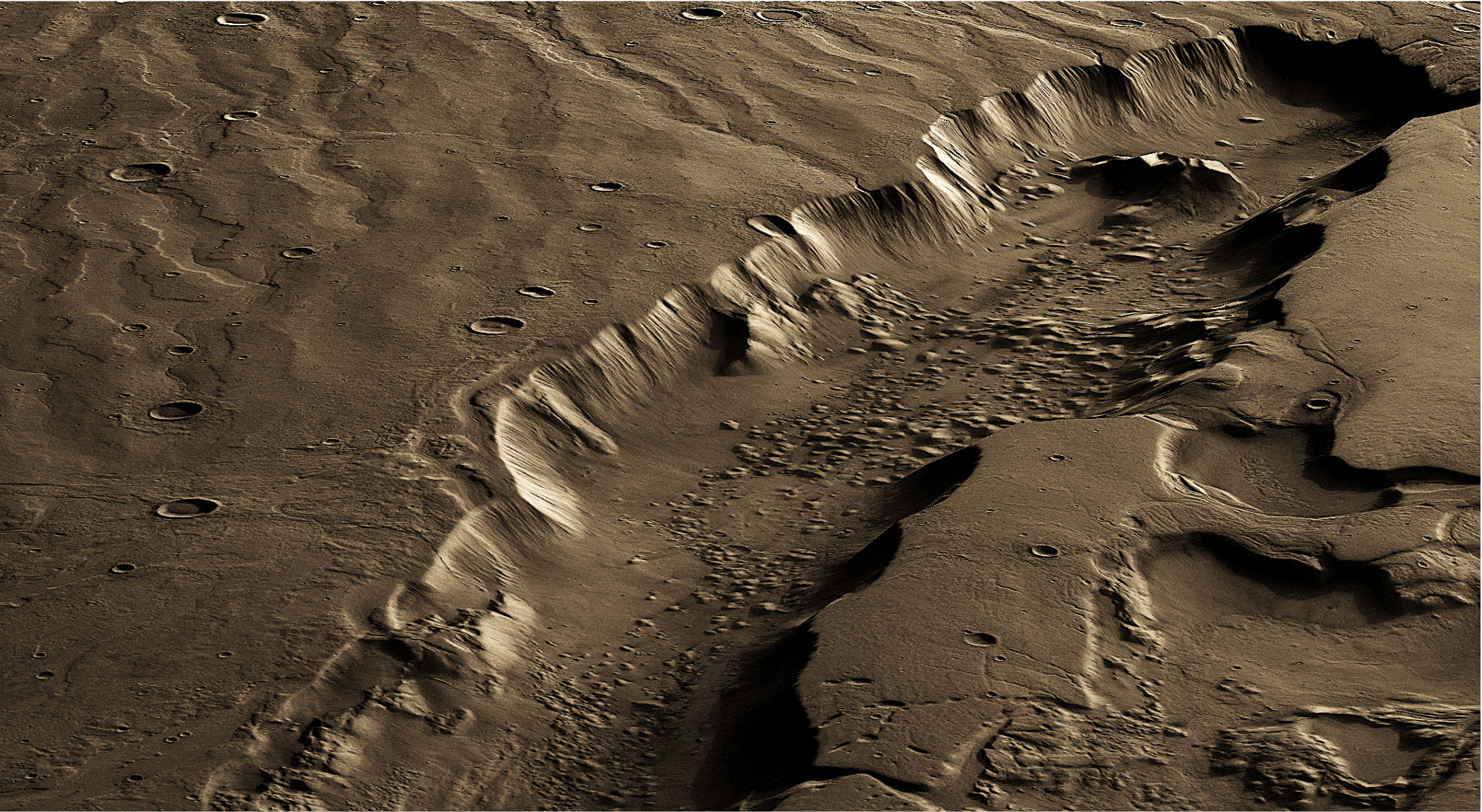
Best Region For Life on Mars Was Far Below Surface
The most habitable region for life on Mars would have been up to several miles below its surface, likely due to subsurface melting of thick ice sheets fueled by geothermal heat, a Rutgers-led study concludes. The study, published in the journal Science Advances, may help resolve what’s known as the faint young sun paradox – a lingering key question in Mars science.
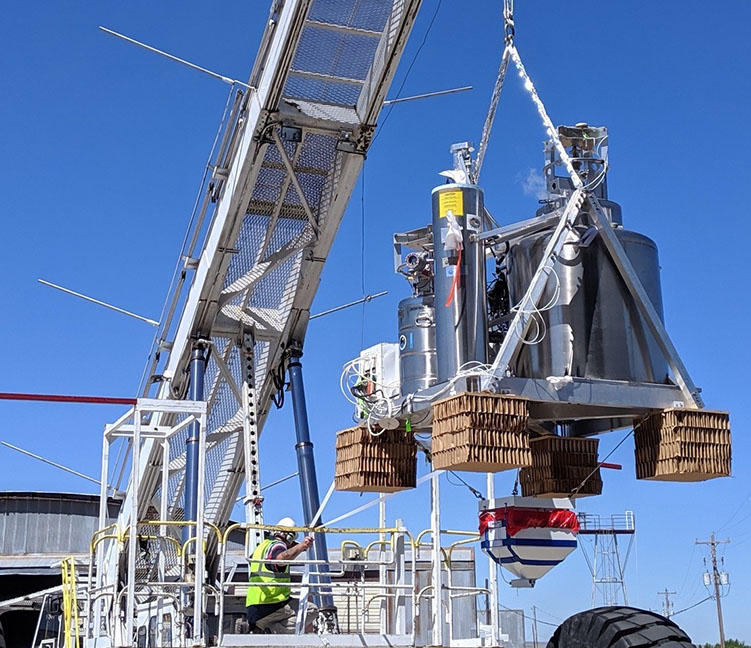
Scientists Solve Big Limitation of Stratospheric Balloon Payloads
Nearly all photons emitted after the Big Bang are now visible only at far-infrared wavelengths. Earth’s atmosphere blocks most of this light, so scientists are turning to huge stratospheric balloons to explore it. However, it is quite difficult to cool a telescope the size of a living room to nearly absolute zero while flying it from a balloon. This is where the Balloon-Borne Cryogenic Telescope Testbed comes in. NASA researchers discuss the mission in Review of Scientific Instruments.
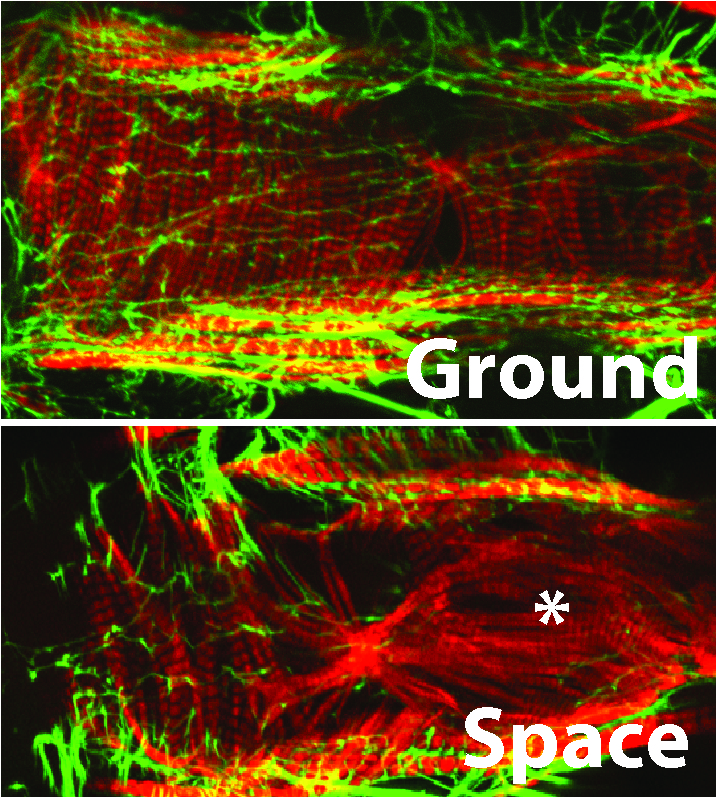
Fruit flies reveal new insights into space travel’s effect on the heart
Scientists at Sanford Burnham Prebys Medical Discovery Institute have shown that fruit flies that spent several weeks on the International Space Station (ISS)—about half of their lives—experienced profound structural and biochemical changes to their hearts.
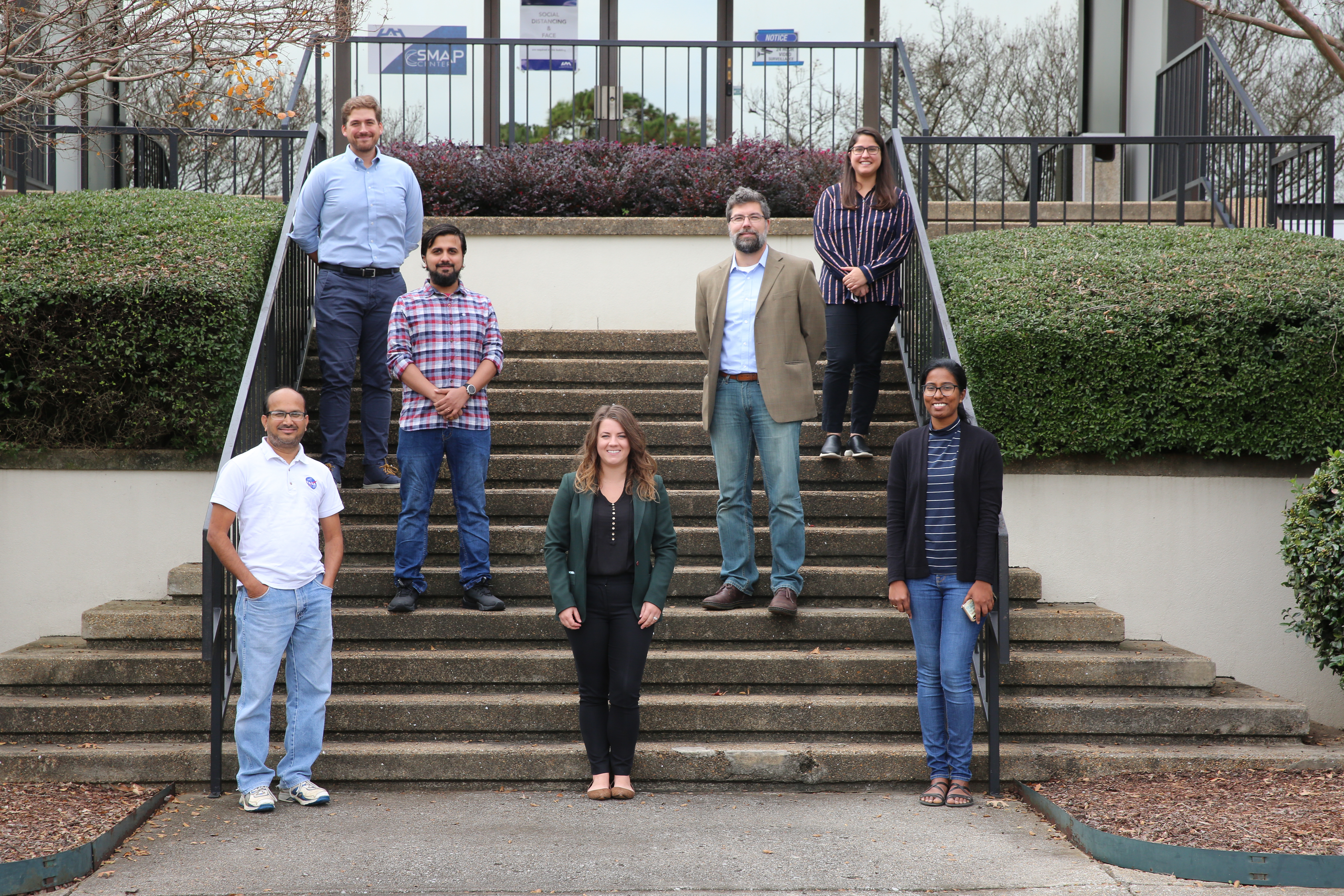
UAH helps develop air quality monitoring application for Thailand
Thailand will get help mitigating air pollution from a new satellite data application co-developed by The University of Alabama (UAH), a part of the University of Alabama System.
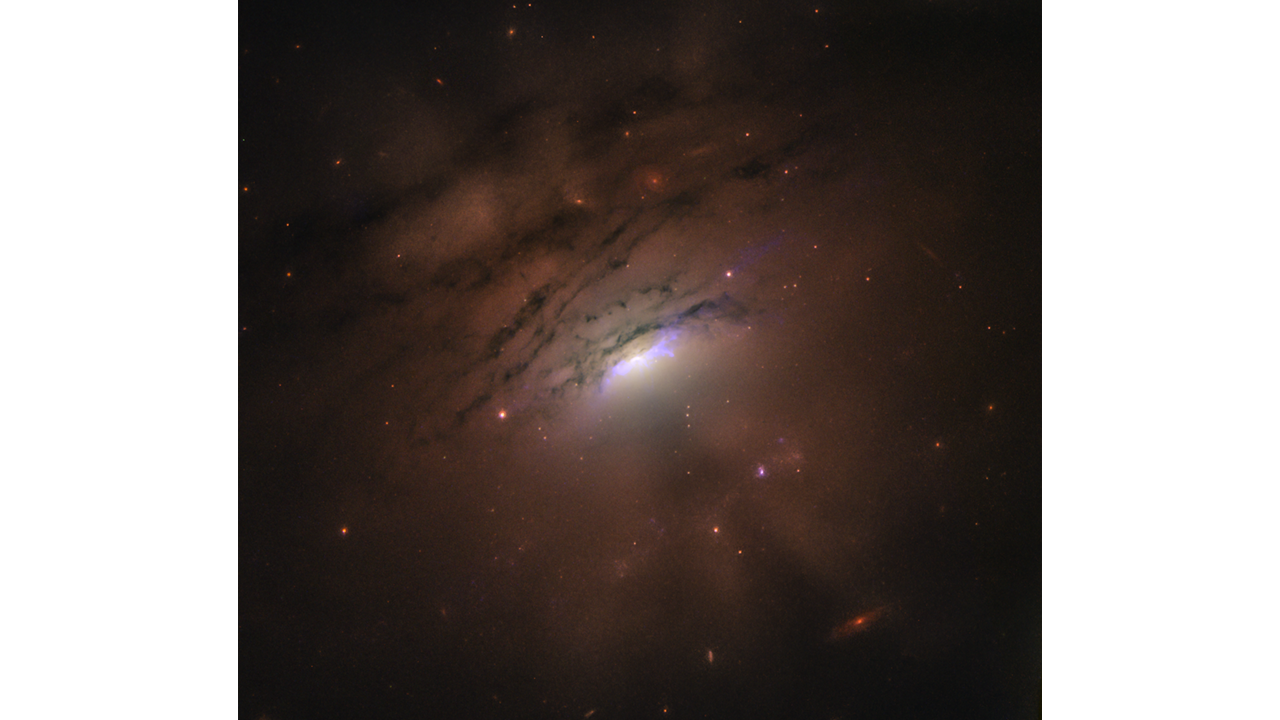
Hubble Catches Possible ‘Shadow Play’ of the Disk Around a Black Hole
This Hubble image of a disk of material feeding a monster black hole in nearby galaxy IC 5063 may be casting its shadow into space. The shadow is interspersed with bright rays that extend across the galaxy. This unique effect offers insight into the structure of the disk.
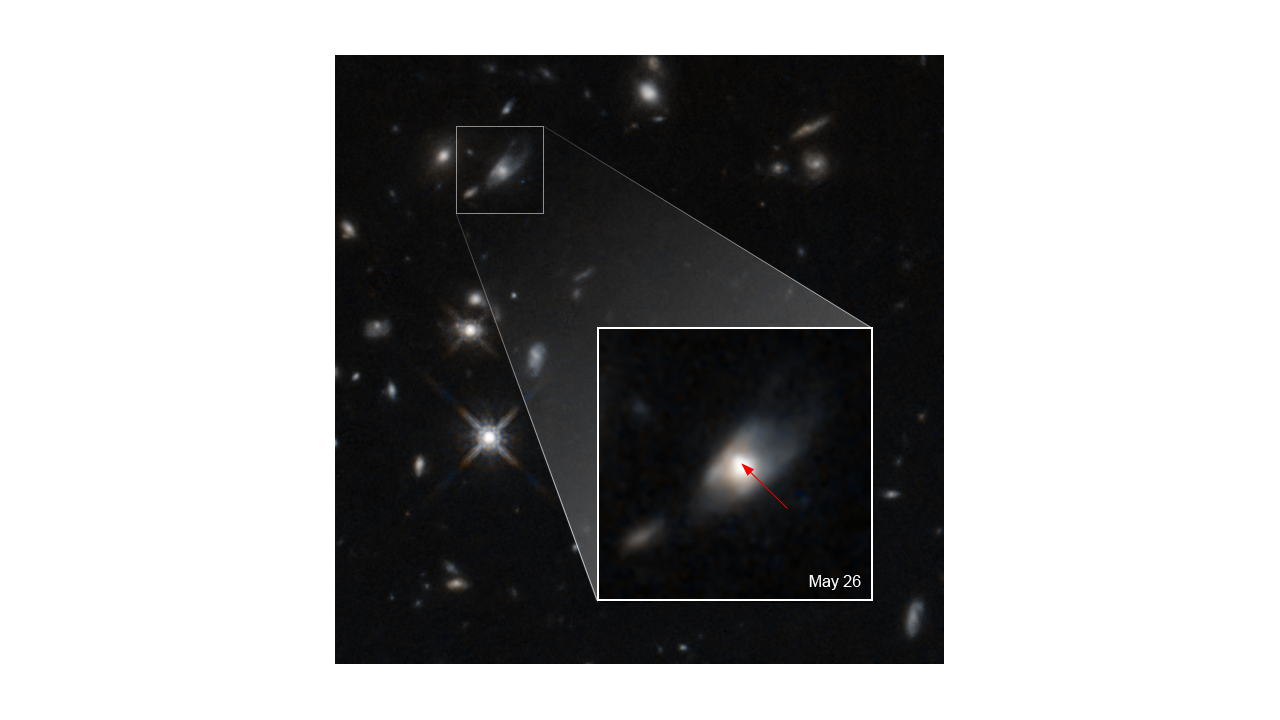
NASA’s Hubble Sees Unexplained Brightness from Colossal Explosion
Following up on an enormous gamma ray burst detected by Swift in May, Hubble astronomers believe they’ve viewed the glow of a kilonova, the aftermath of a colossal explosion caused by the merger of two neutron stars that formed a magnetar. The near-infrared emission seen by Hubble was 10 times brighter than predicted.

Global climate trend since Dec. 1 1978: +0.14 °C (+0.25 °F) per decade
Global Temperature Report: October 2020
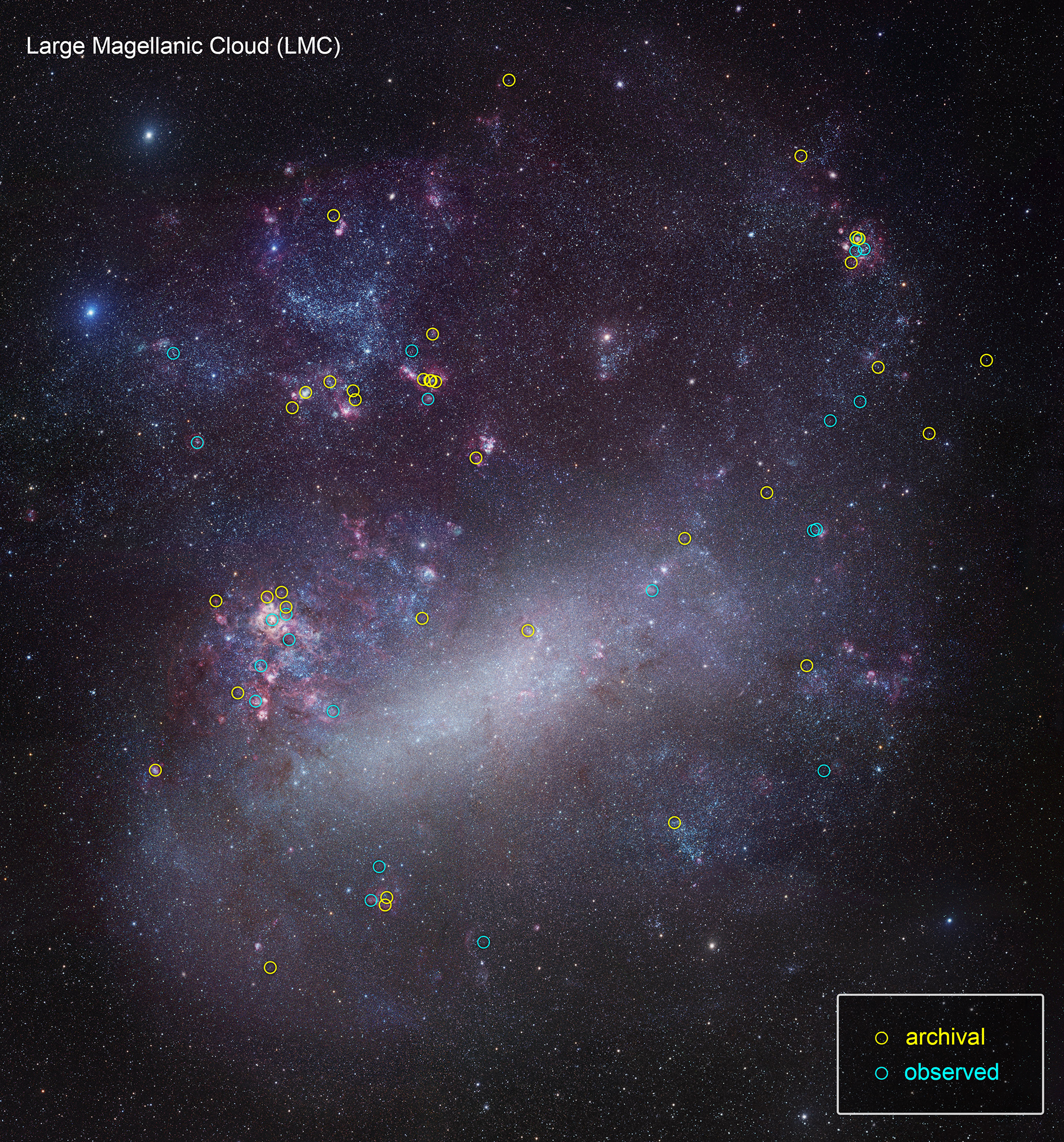
Hubble Launches Large Ultraviolet-Light Survey of Nearby Stars
This is a ground-based telescopic photo of the Large Magellanic Cloud, a satellite galaxy of our Milky Way. The LMC is one of several select targets of a new initiative with NASA’s Hubble Space Telescope, called ULLYSES (UV Legacy Library of Young Stars as Essential Standards). The program is looking at over 300 stars to build an ultraviolet-light catalog for capturing the diversity of stars, from young to old, to give astronomers a much better understanding of the birth of stars and how this relates to everything from planets to the formation and evolution of galaxies.
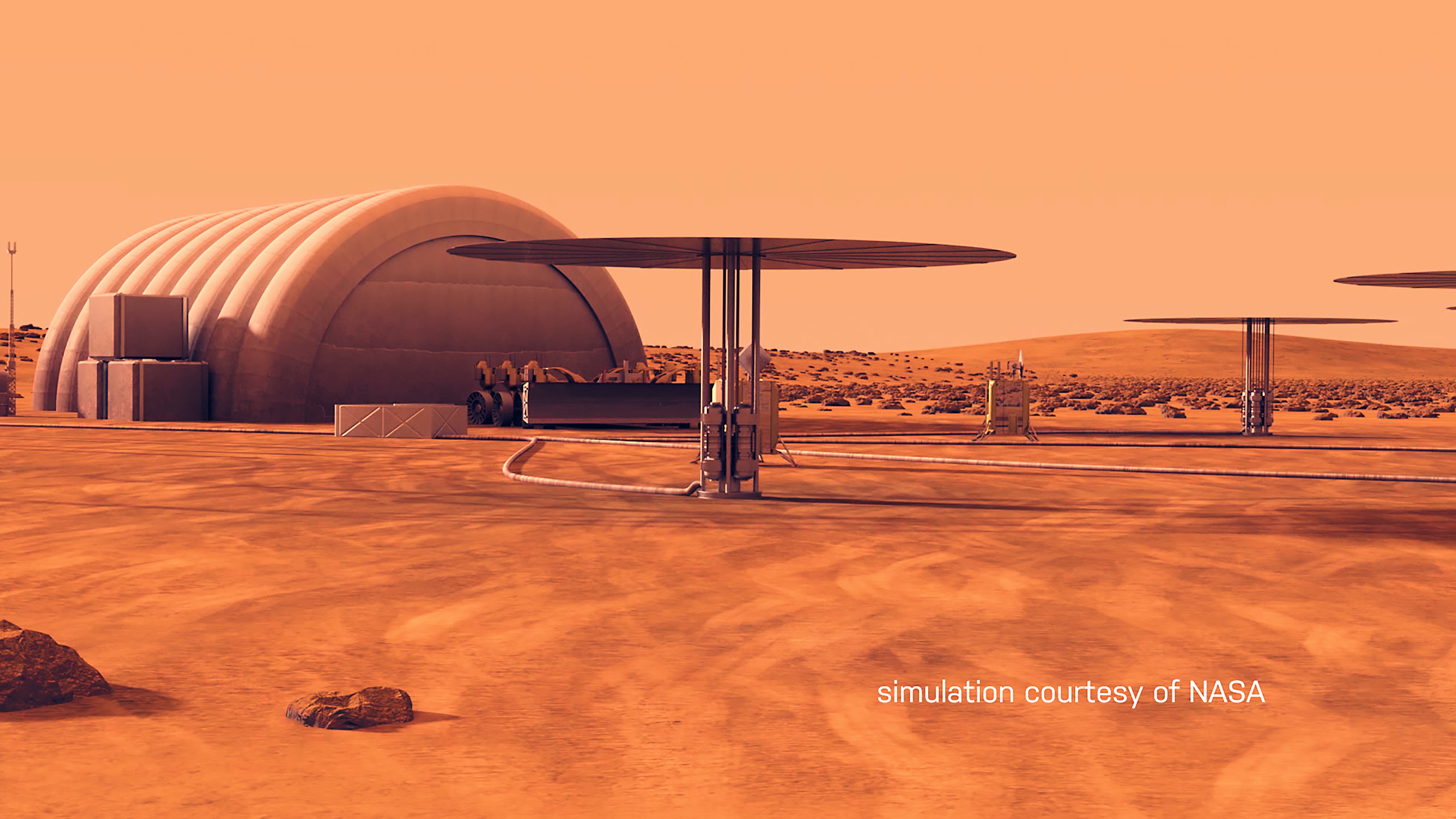
New Los Alamos National Laboratory spin-off aims to put nuclear reactors in space
A new agreement hopes to speed along a nuclear reactor technology that could be used to fuel deep-space exploration and possibly power human habitats on the Moon or Mars. Los Alamos National Laboratory has signed an agreement to license the “Kilopower” space reactor technology to Space Nuclear Power Corporation (SpaceNukes), also based in Los Alamos, NM.

Hubble Finds “Greater Pumpkin” Galaxy Pair
This new Hubble photo resembling a Halloween carved pumpkin features the early stages of a collision between two galaxies. The “pumpkin’s” glowing “eyes” are the bright, star-filled cores of each galaxy that contain supermassive black holes. An arm of newly forming stars give the imaginary gourd a wry smirk.
How Did Red Algae Survive in Extreme Environments?
Red algae have persisted in hot springs and surrounding rocks for about 1 billion years. Now, a Rutgers-led team will investigate why these single-celled extremists have thrived in harsh environments – research that could benefit environmental cleanups and the production of biofuels and other products.
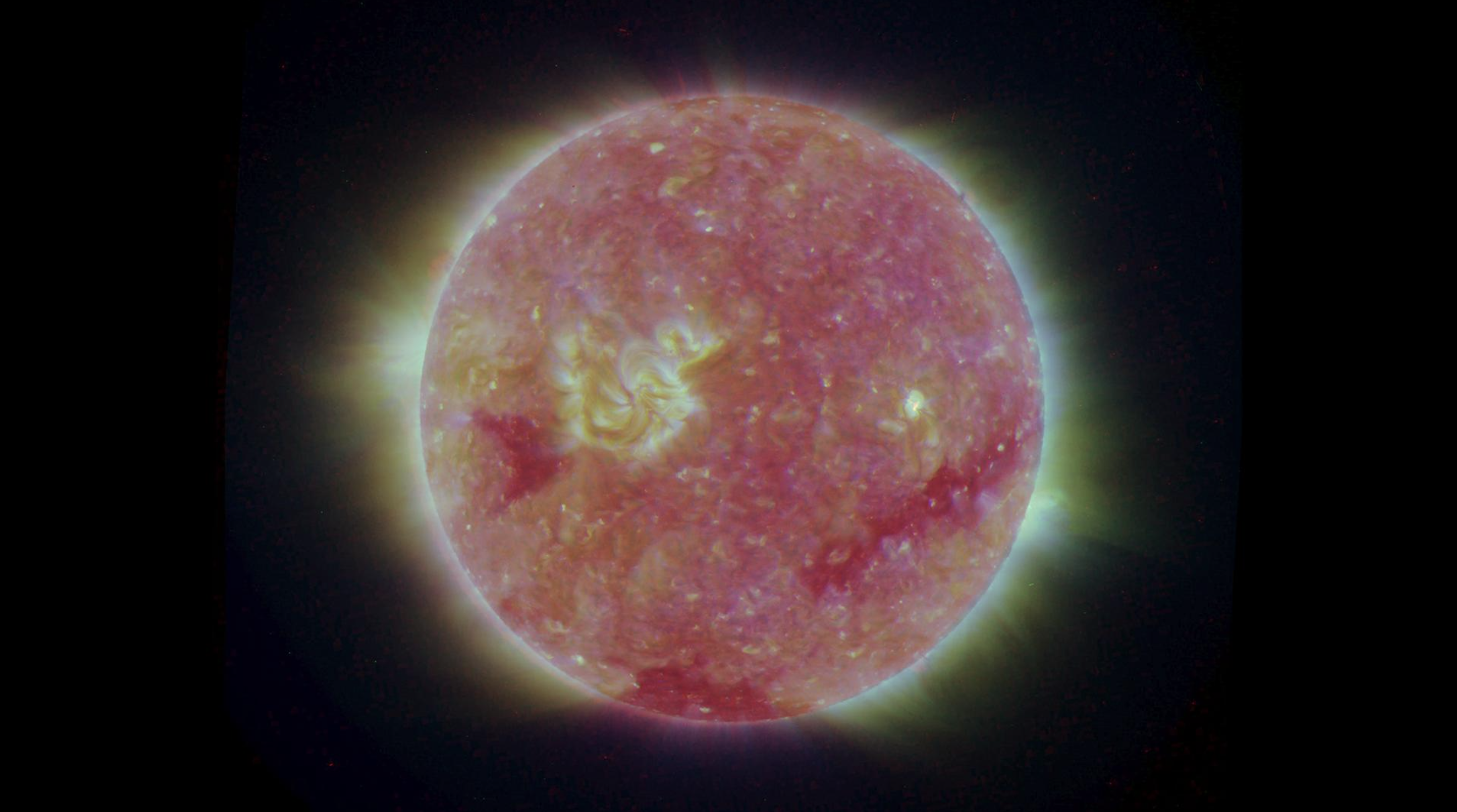
New research solves Parker Solar Probe’s solar switchbacks surprise
In newly published research, scientists have for the first time modeled the nature of solar switchbacks – the large and long-duration isolated velocity spikes in the solar wind that surprised researchers when data arrived from the Solar Wind Electrons Alphas and Protons (SWEAP) instruments aboard NASA’s Parker Solar Probe (PSP).
Sentinel-6 sea level tracking satellite gives boost to climate science
A new satellite developed by engineers at the European Space Agency and the National Aeronautics and Space Administration will soon be orbiting the Earth, measuring sea level rise. The Sentinel-6 Michael Freilich satellite will lift off Nov. 10 in a…

UCI, others see agriculture as major source of increase in atmospheric nitrous oxide
Irvine, Calif., Oct. 8, 2020 – An international team of researchers – including Earth system scientists at the University of California, Irvine – recently completed the most thorough review yet of nitrous oxide from emission to destruction in the planet’s atmosphere. In addition to confirming that the 20 percent increase in the amount of the greenhouse gas since the start of the Industrial Revolution can be totally attributed to humans, the team expressed doubt about the ability to reduce emissions or mitigate their future impacts.
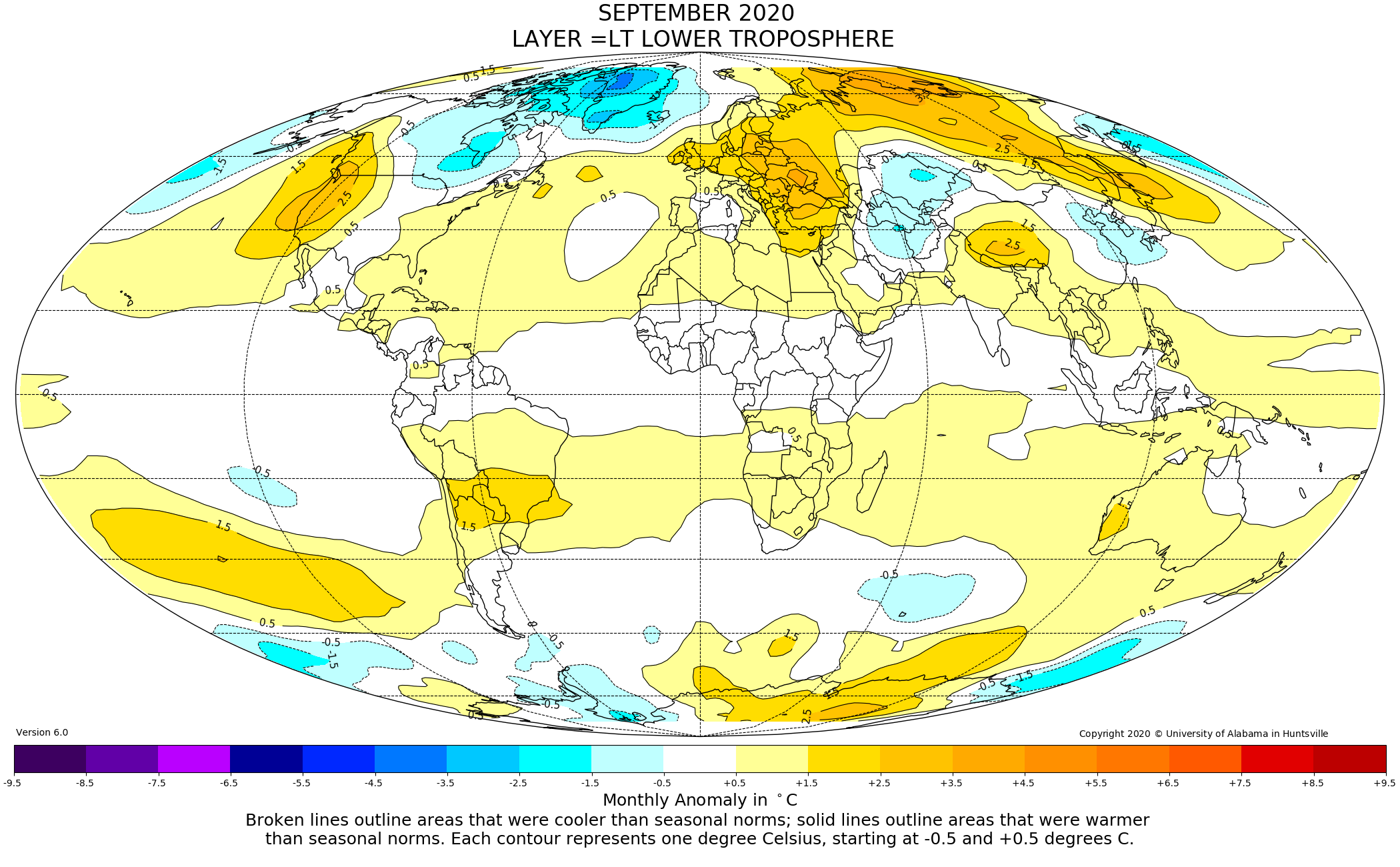
Global climate trend since Dec. 1 1978: +0.14 °C (+0.25 °F) per decade
Global Temperature Report: September 2020
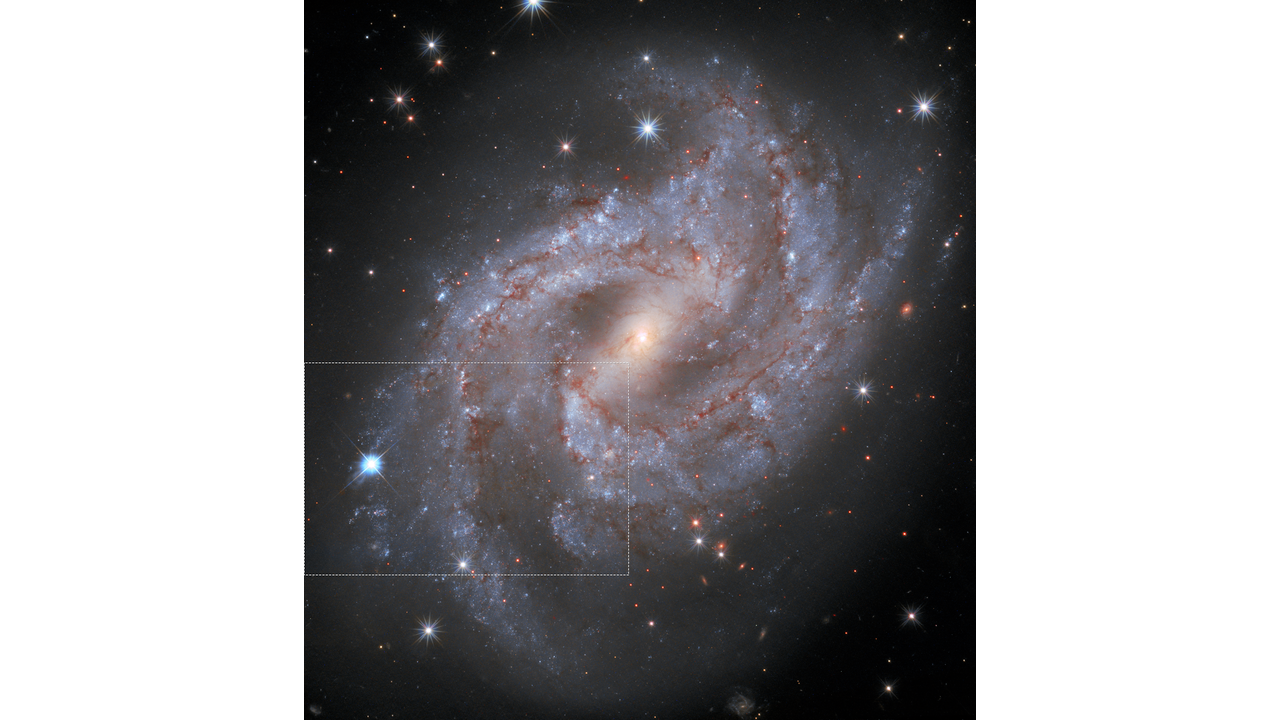
Hubble Watches Exploding Star Fade into Oblivion
Hubble Space Telescope images have been assembled into a time-lapse video of an exploding star fading into oblivion inside a distant galaxy. The video compresses one-year’s worth of observations into seconds. When it exploded the supernova was as bright as 5 billion Suns.
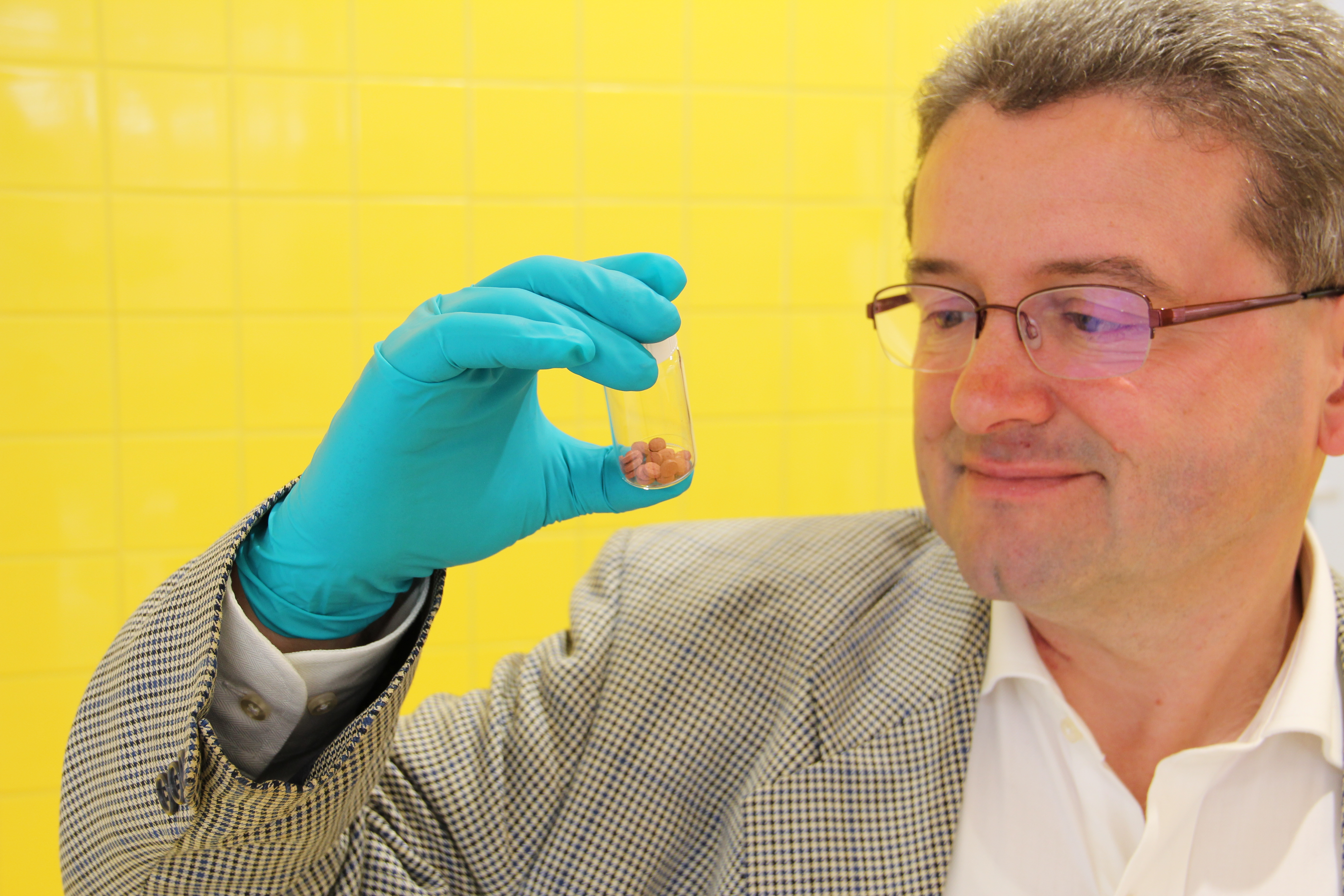
Testing time for pills in space
Pills are being sent into space to test how they cope with the rigours of one of the harshest environments known.
The University of Adelaide is studying how exposure to microgravity and space radiation affects the stability of pharmaceutical tablet formulations. Two separate missions will send science payloads into orbit around Earth: the first will test how tablets cope with the environment inside the International Space Station (ISS) U.S. National Laboratory. The second mission scheduled for early 2021, will test how tablets cope outside the ISS.
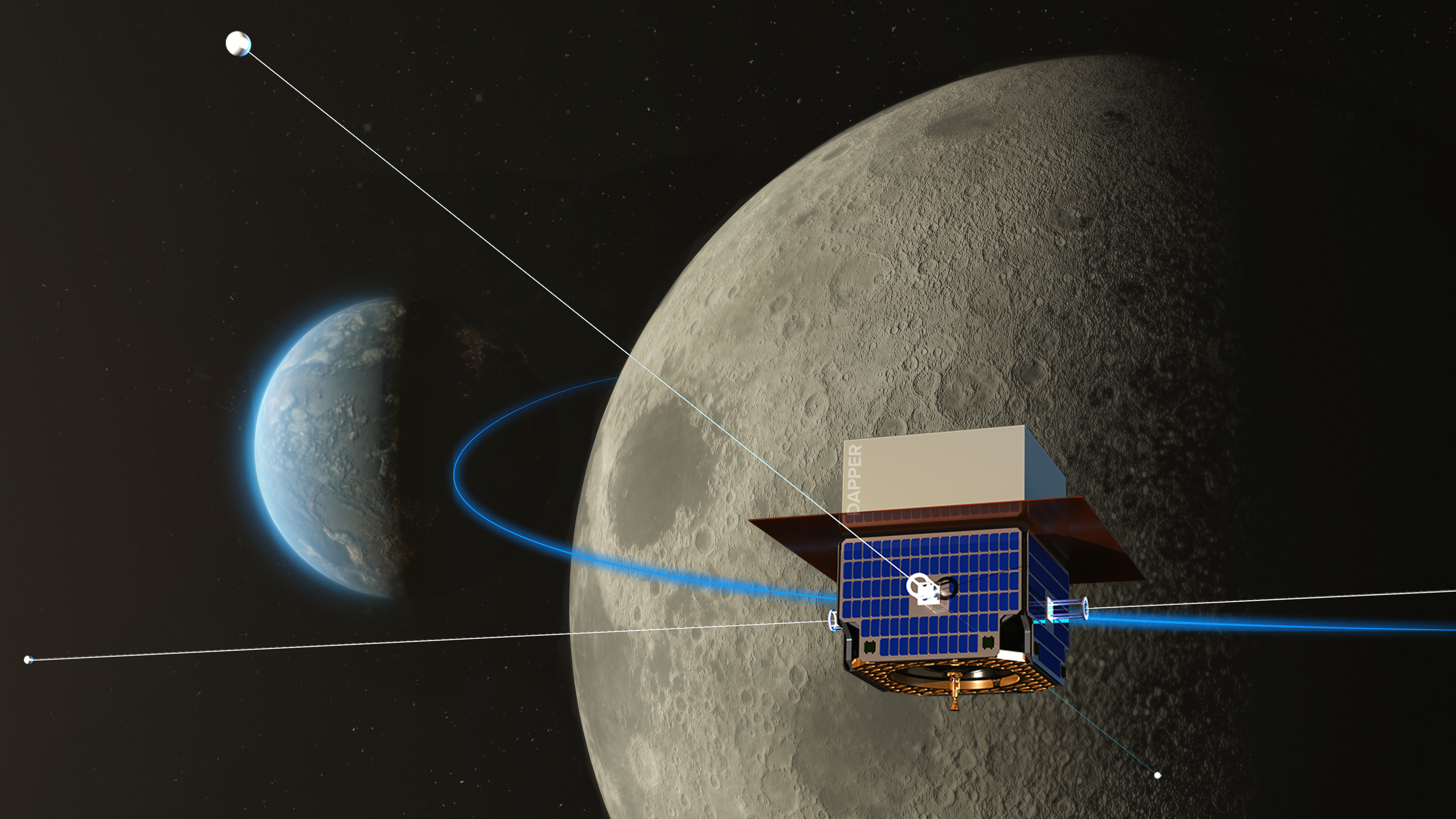
NRAO Joins Space Mission to the Far Side of the Moon to Explore the Early Universe
The NRAO has joined a new NASA space mission to the far side of the Moon to investigate when the first stars began to form in the early universe.
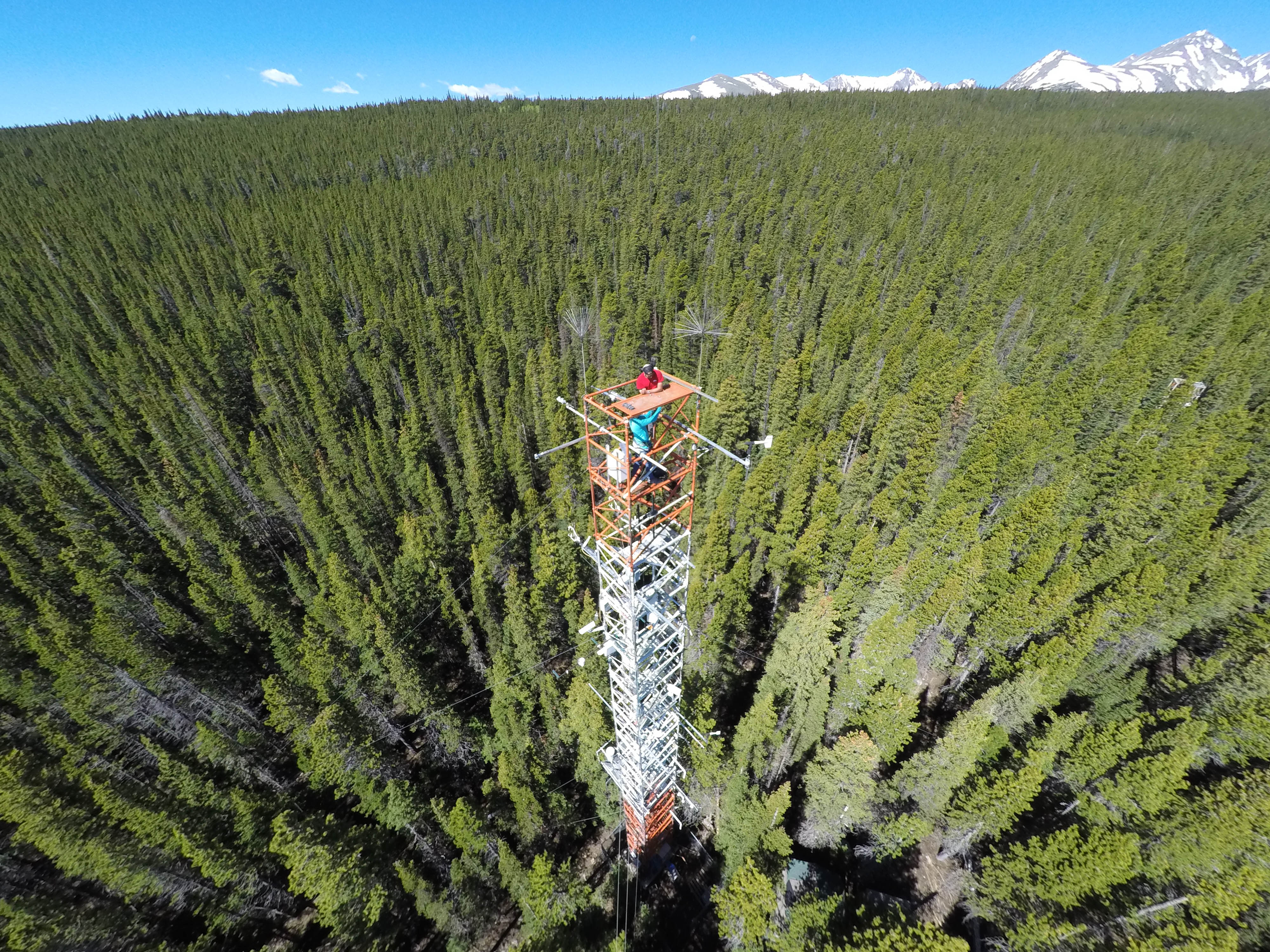
How to Get a Handle on Carbon Dioxide Uptake by Plants
How much carbon dioxide, a pivotal greenhouse gas behind global warming, is absorbed by plants on land? It’s a deceptively complicated question, so a Rutgers-led group of scientists recommends combining two cutting-edge tools to help answer the crucial climate change-related question.
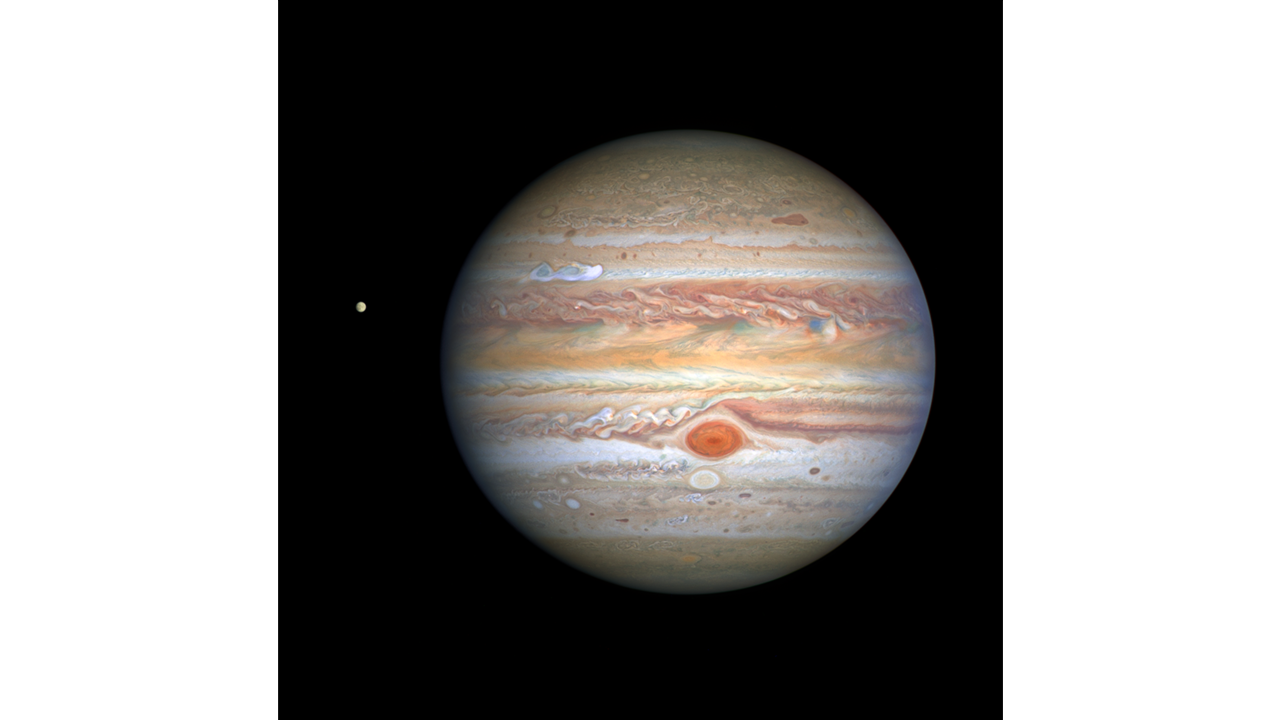
Hubble Captures Crisp New Portrait of Jupiter’s Storms
More massive than all the other planets combined, Jupiter truly is the king of our solar system. The swirling clouds, arranged in colorful, banded structures, change from year to year. The rich colors are produced by trace compounds in Jupiter’s predominantly hydrogen/helium atmosphere. Hurricane-force winds propel these clouds, and upwelling currents are ablaze with lightning bolts far more powerful than those seen on Earth.
The Hubble Space Telescope serves as a “weather satellite” for monitoring Jupiter’s stormy weather. The iconic Great Red Spot, a storm big enough to swallow Earth, shows that it’s shrinking a little in the Hubble images, but it still dominates the entire southern atmosphere, plowing through the clouds like a cargo ship.
Hubble astronomers patiently wait to get close-up snapshots as Earth make its nearest annual approach to Jupiter – an astronomical alignment called an opposition, when Jupiter is on the opposite side of the Earth from the Sun.
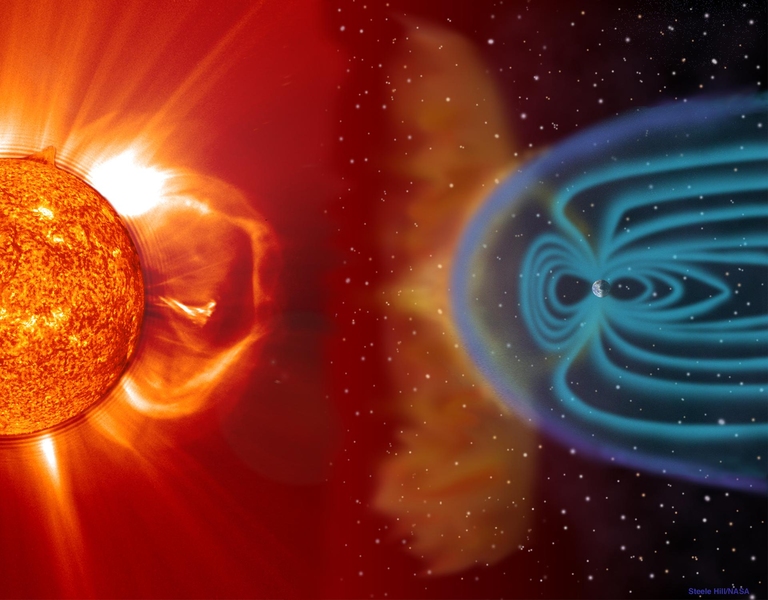
Making space weather forecasts faster and better
To improve the ability to forecast space weather, a multidisciplinary team of researchers, including Professor Boris Kramer at the University of California San Diego, received $3.1 million from the National Science Foundation. The researchers, led by Professor Richard Linares at the Massachusetts Institute of Technology, will also work on speeding up the forecasting abilities that are currently available.
China’s ecological restoration projects deplete terrestrial water stores
Irvine, Calif., Sept. 10, 2020 – Through concerted, policy-driven efforts, China has converted large swaths of desert into grassland over the past few decades, but this success has come at a cost. In a study published recently in Nature Sustainability, scientists at the University of California, Irvine report that the Asian nation’s environmental reclamation programs have substantially diminished terrestrially stored water.
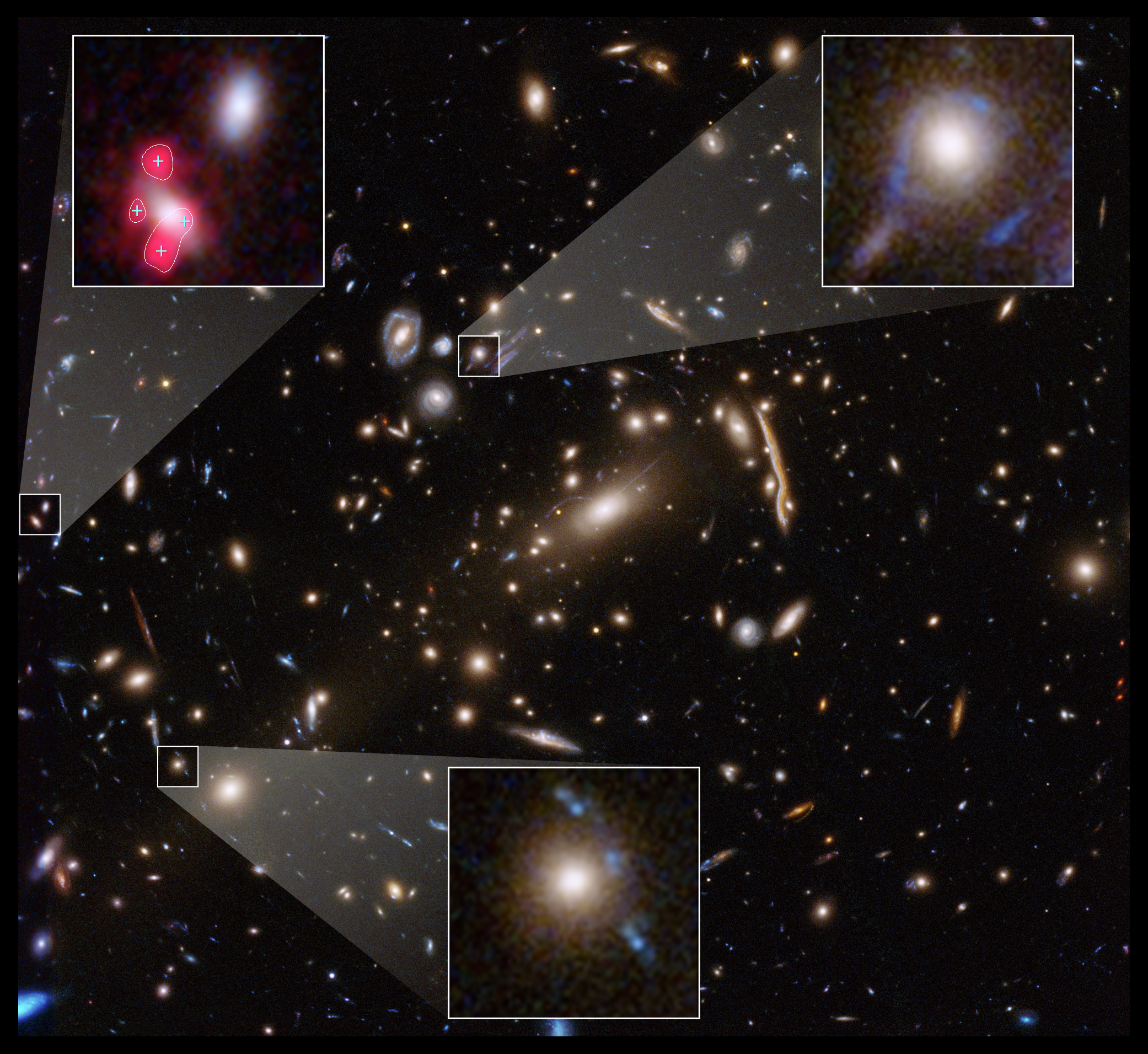
Hubble Observations Suggest a Missing Ingredient in Dark Matter Theories
Astronomers using Hubble and the VLT have found that something may be missing from the theories of how dark matter behaves. This missing ingredient may explain why they have uncovered an unexpected discrepancy between observations of the dark matter concentrations in a sample of massive galaxy clusters and theoretical computer simulations of how dark matter should be distributed in clusters. The new findings indicate that small-scale concentrations of dark matter produce lensing effects that are 10 times stronger than expected.
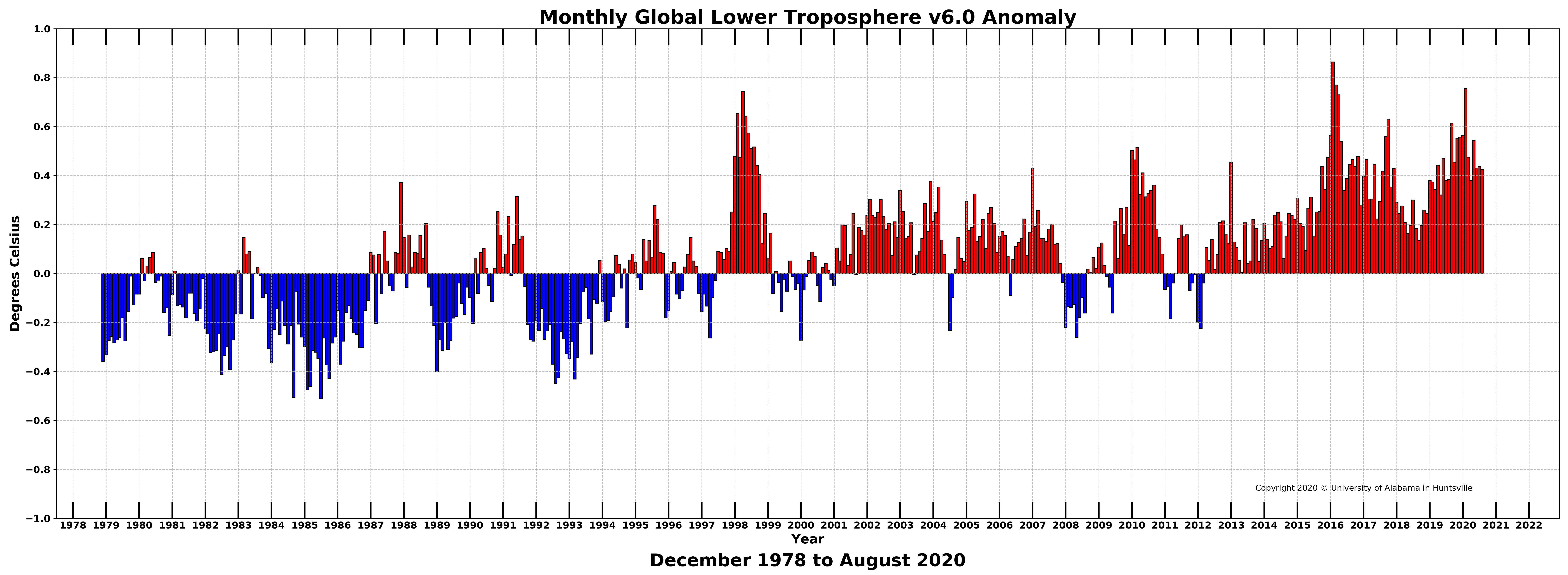
Global climate trend since Dec. 1 1978: +0.14 C per decade
Global Temperature Report: July 2020
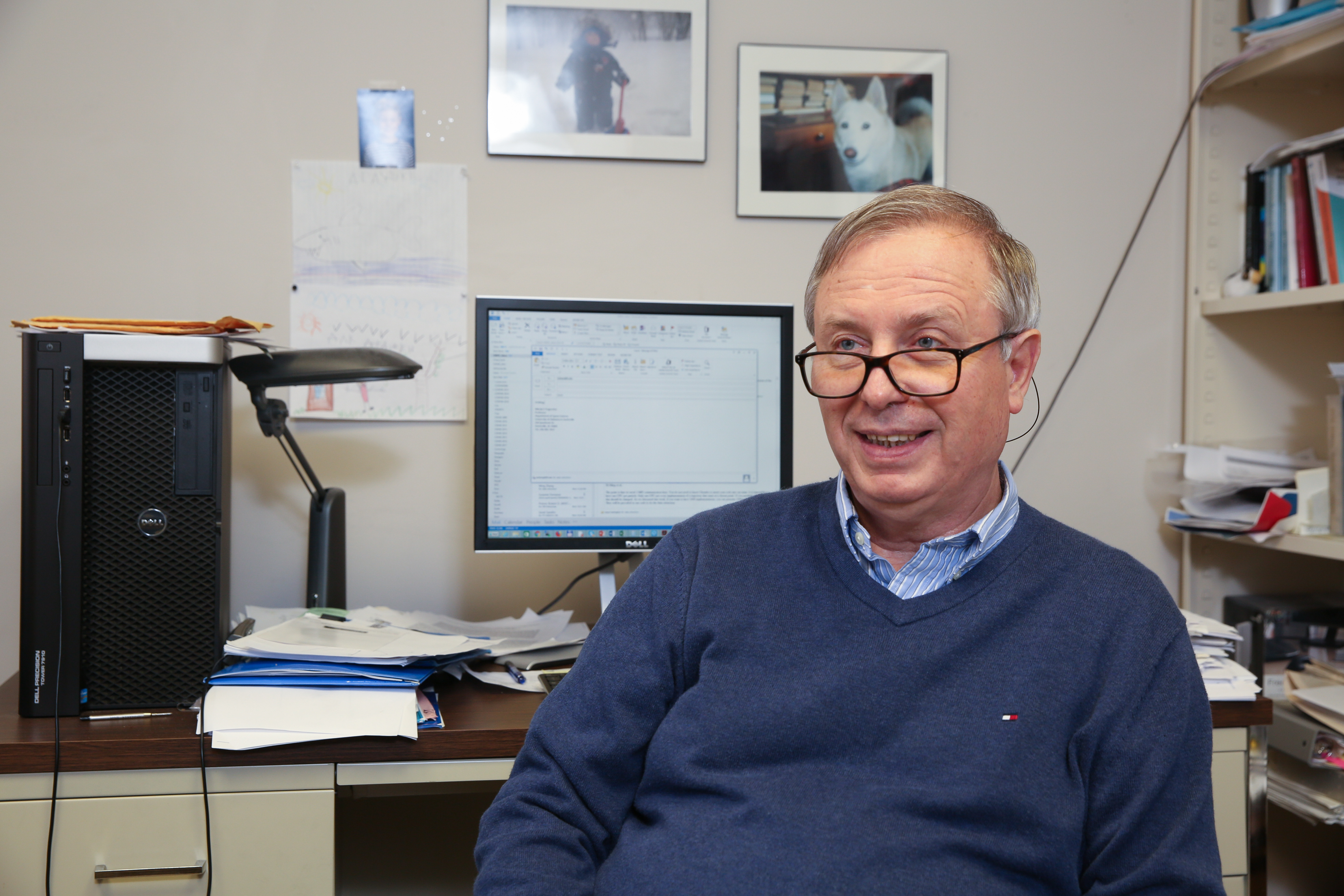
UAH leads $3.2 million solar software model effort to aid in space weather predictions
The National Science Foundation (NSF) and NASA have awarded $3.2 million over three years to development of open-source solar atmosphere and inner heliosphere software models useful to predict space weather, a project led by The University of Alabama in Huntsville (UAH) with a UAH professor as principal investigator.
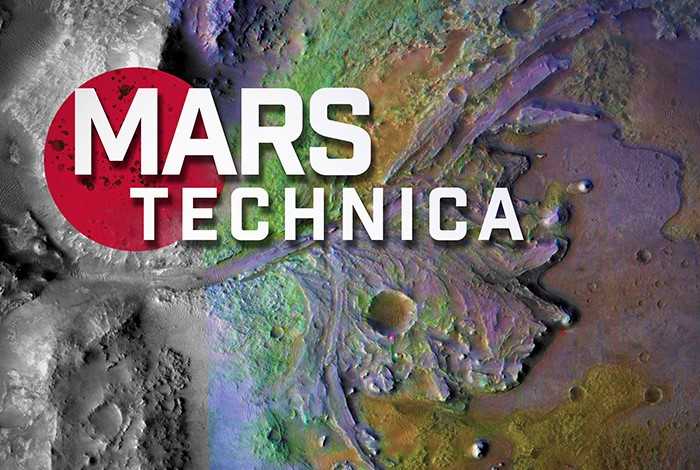
Life after landing on Mars
When NASA’s Perseverance rover lands on Mars in February after its seven-month-long journey, the mission will only just be beginning.
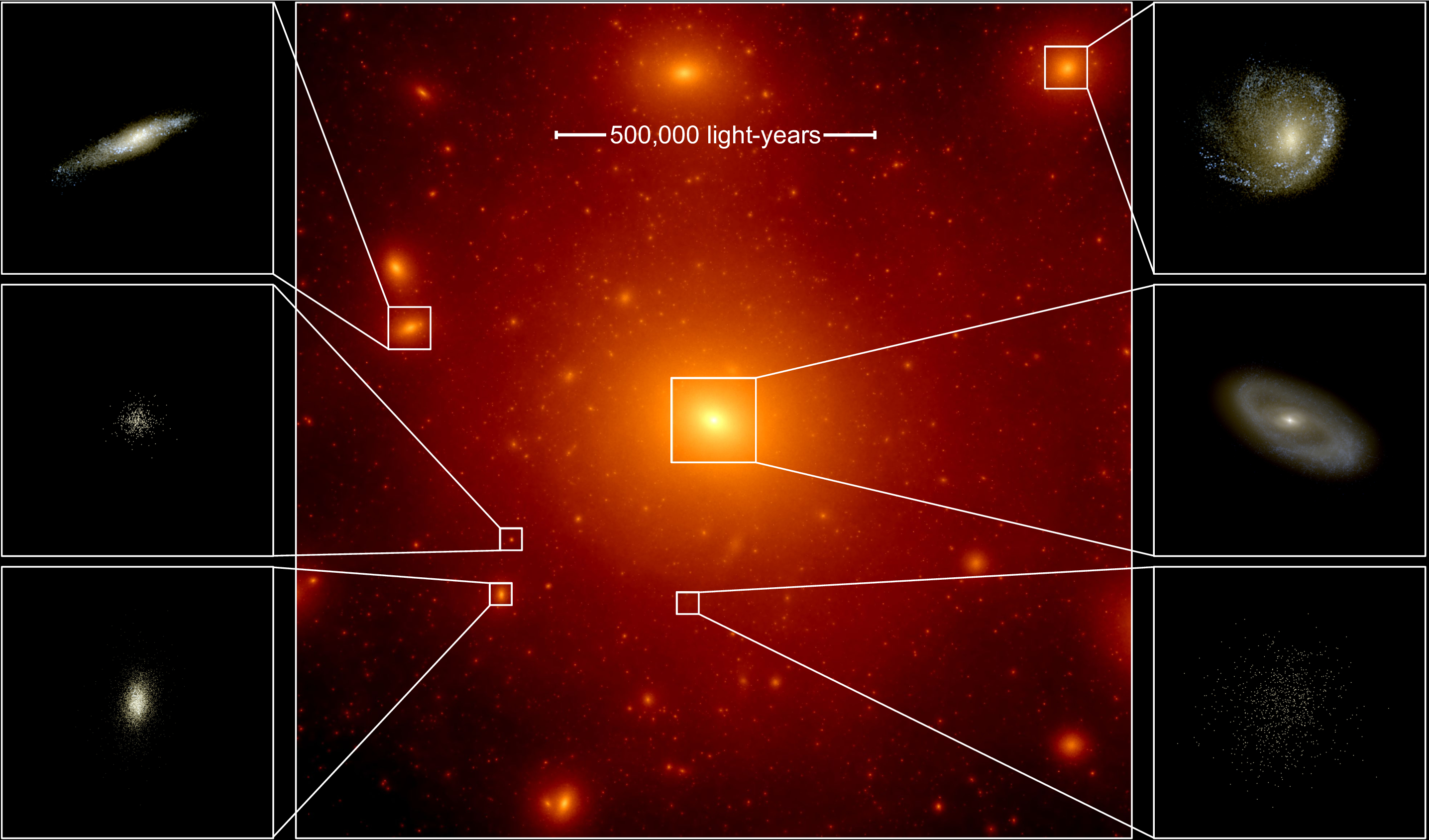
Galaxy Simulations Could Help Reveal Origins of Milky Way
Rutgers astronomers have produced the most advanced galaxy simulations of their kind, which could help reveal the origins of the Milky Way and dozens of small neighboring dwarf galaxies. Their research also could aid the decades-old search for dark matter, which fills an estimated 27 percent of the universe. And the computer simulations of “ultra-faint” dwarf galaxies could help shed light on how the first stars formed in the universe.
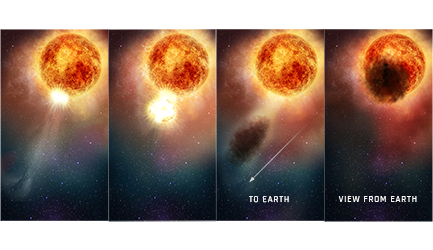
Hubble Finds that Betelgeuse’s Mysterious Dimming Is Due to a Traumatic Outburst
Hubble Space Telescope observations show that the unexpected dimming of supergiant star Betelgeuse was probably caused by an immense amount of hot plasma ejected into space. The plasma cooled, forming a dust cloud that blocked starlight coming from Betelgeuse’s surface.

NASA awards its Exceptional Public Achievement Medal to UAH’s Michael Briggs
NASA has awarded its Exceptional Public Achievement Medal for sustained performance that embodies multiple contributions on NASA projects, programs or initiatives to Dr. Michael S. Briggs, an assistant director of the Center for Space Plasma and Aeronomic Research (CSPAR) at The University of Alabama in Huntsville.
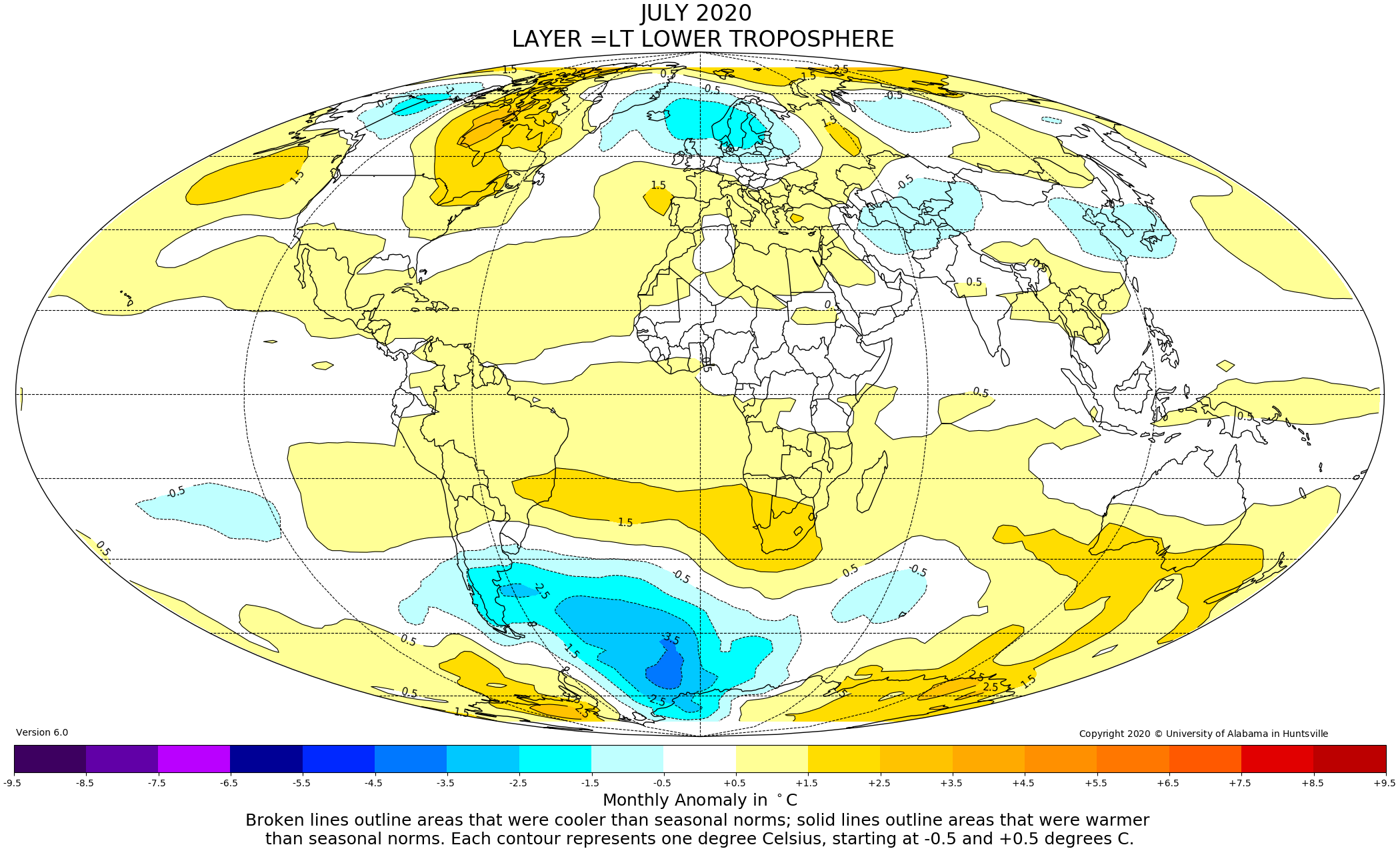
Global climate trend since Dec. 1 1978: +0.14 C per decade
Global Temperature Report: July 2020
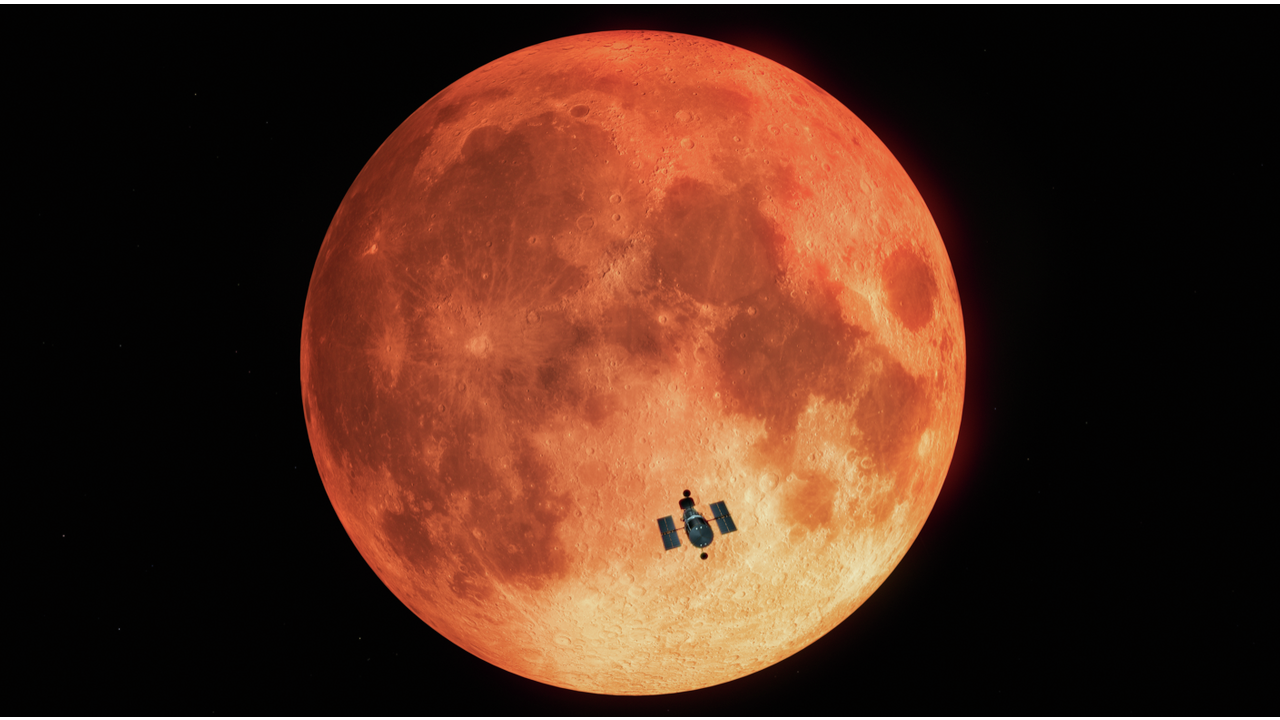
Hubble Uses Earth as a Proxy for Identifying Oxygen on Potentially Habitable Planets Around Other Stars
Astronomers used Hubble during a total lunar eclipse to detect ozone in our planet’s atmosphere by looking at Earthlight reflected off the Moon in ultraviolet wavelengths. This method serves as a proxy for how astronomers will observe Earth-like exoplanets in search of life.
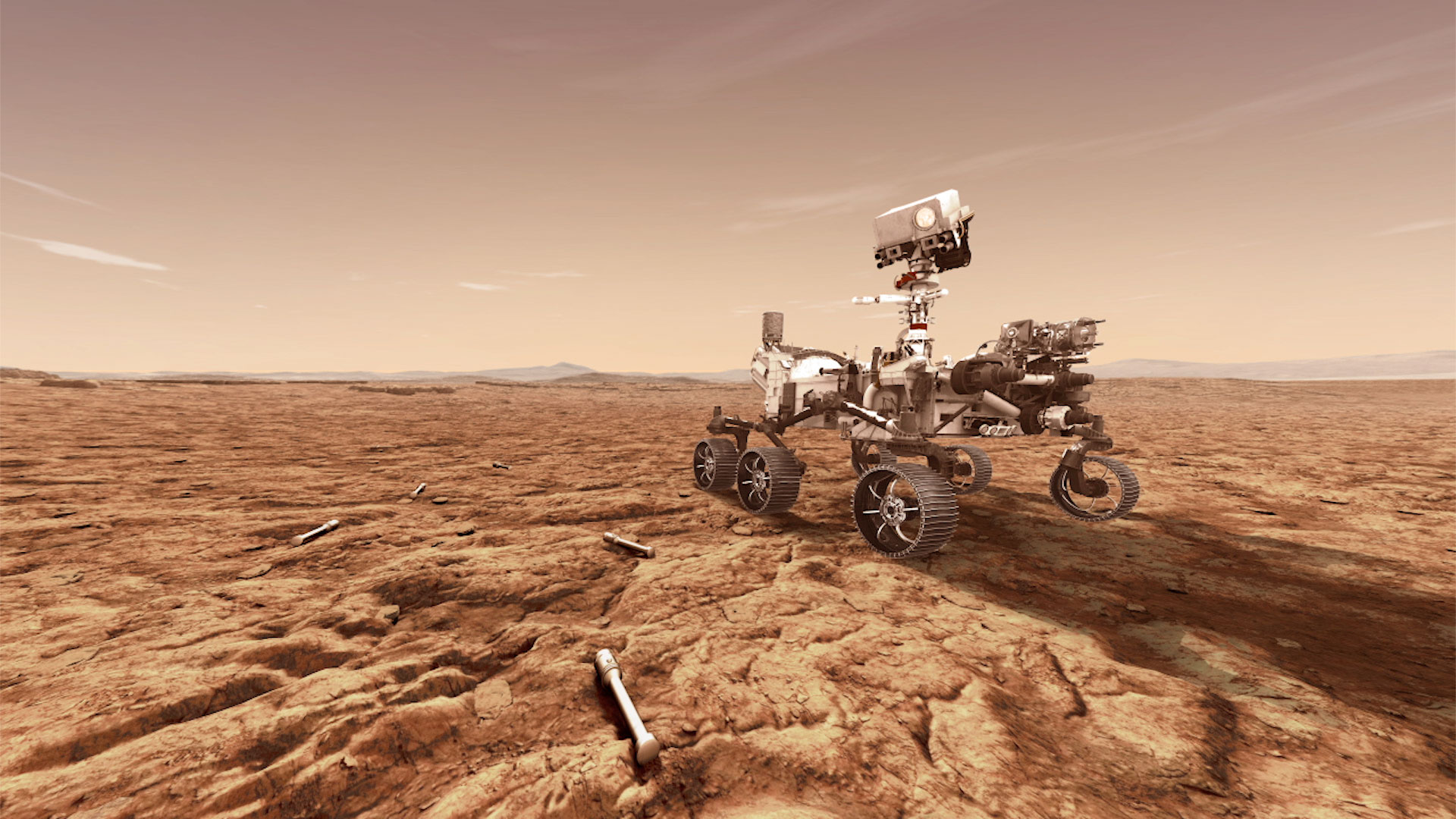
ORNL-produced plutonium-238 to help power Perseverance on Mars
Mars 2020 will be the first NASA mission that uses ORNL-produced plutonium-238, the first U.S.-produced Pu-238 in three decades. ORNL’s Pu-238 will help power Perseverance across the Red Planet’s surface.
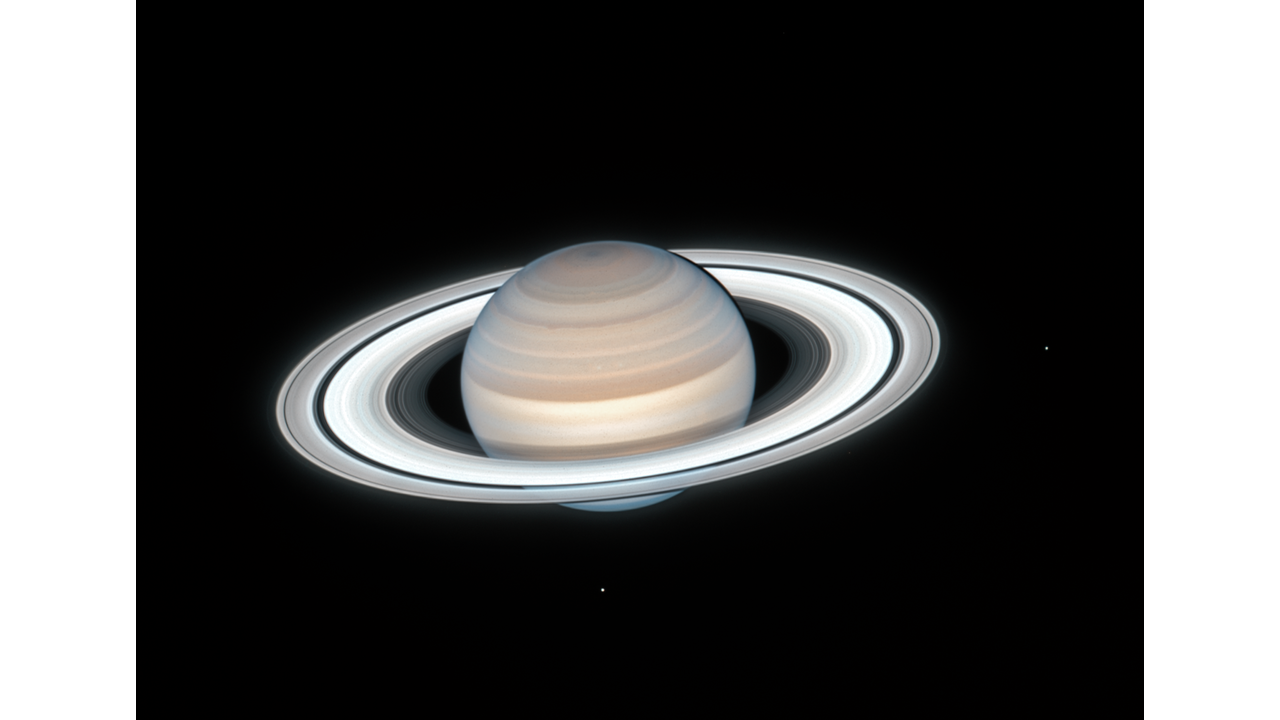
Hubble Sees Summertime on Saturn
Hubble photographed Saturn and its rings on July 4, during summer in Saturn’s northern hemisphere. This image is taken as part of the Outer Planets Atmospheres Legacy (OPAL) project. OPAL is helping scientists understand the atmospheric dynamics and evolution of our solar system’s gas giant planets.
Scientists look to space to track plant pathogens coasting through atmosphere
To better understand how plant pathogens that travel the globe with dust particles might put crops at risk, a Cornell University-led team of scientists will use data from NASA’s Earth Observing Satellites to identify areas of potential disease and track plumes of dust that traverse the globe.
Mars Perseverance to deliver ‘first zoom cameras’ to another world
NASA is planning to launch its latest rover destined for Mars on July 30, with an anticipated arrival date on the red planet in February 2021. The rover, named Perseverance, will look for evidence of ancient life and collect soil…
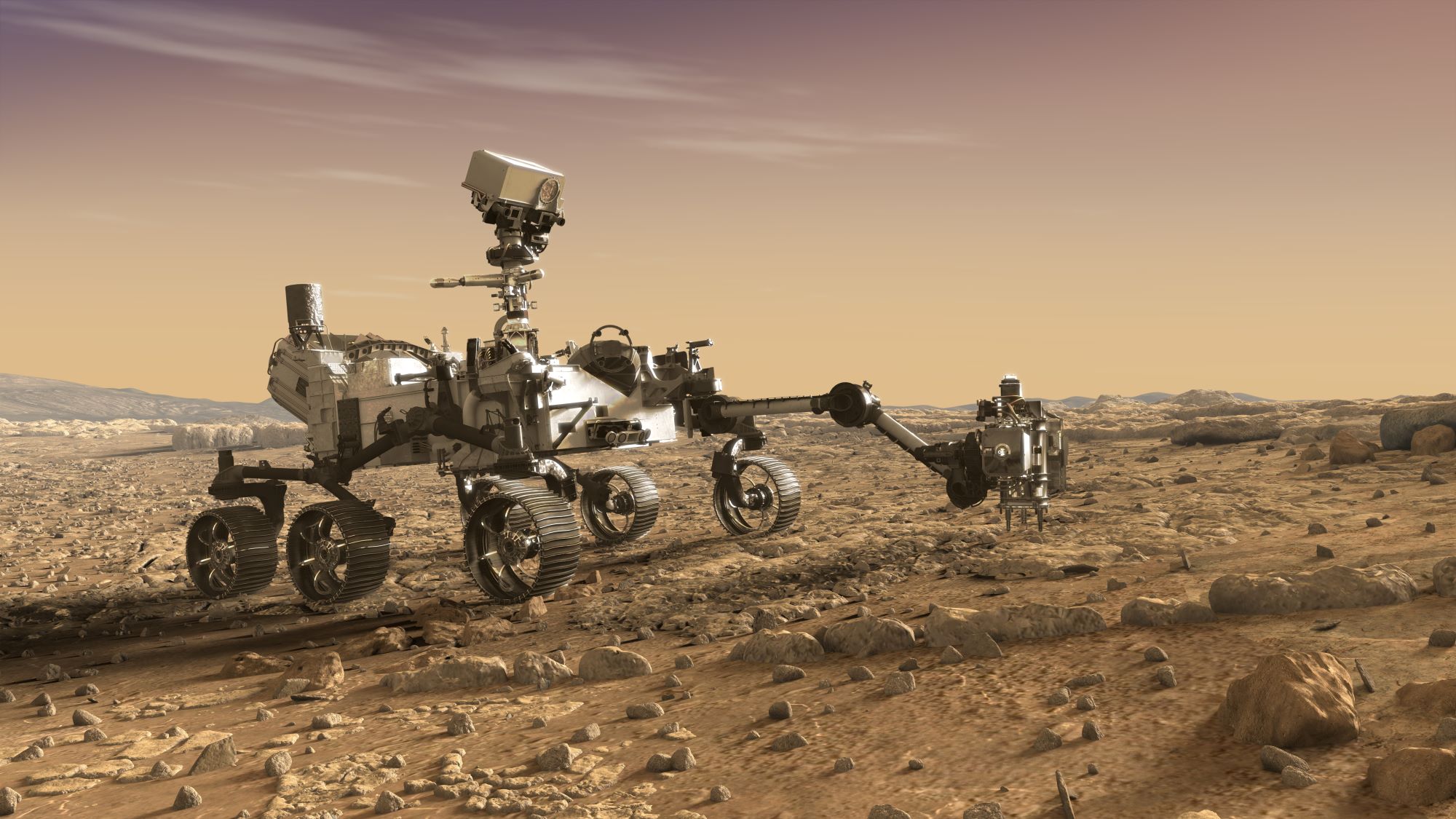
Mission to Mars: @UNLV Scientist Gives Insider Glimpse at NASA’s 2020 Rover Mission
Silver, bug-eyed extraterrestrials zooming across the cosmos in bullet-speed spaceships. Green, oval-faced creatures hiding out in a secret fortress at Nevada’s Area 51 base. Cartoonish, throaty-voiced relatives of Marvin the Martian who don armor and Spartan-style helmets. We humans are fascinated with the possibility of life on the Red Planet.
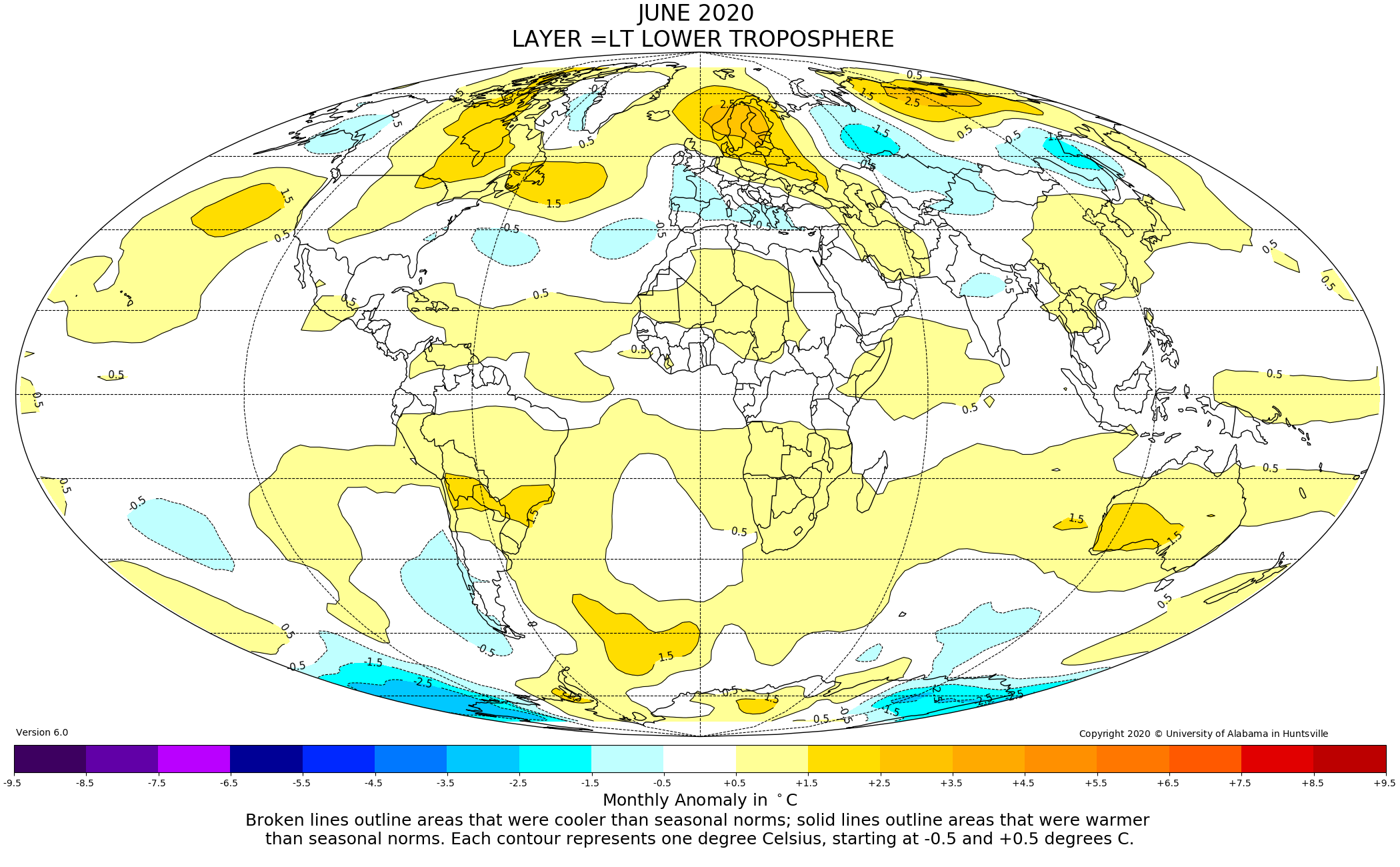
Global climate trend since Dec. 1 1978: +0.14 C per decade
Global Temperature Report: June 2020
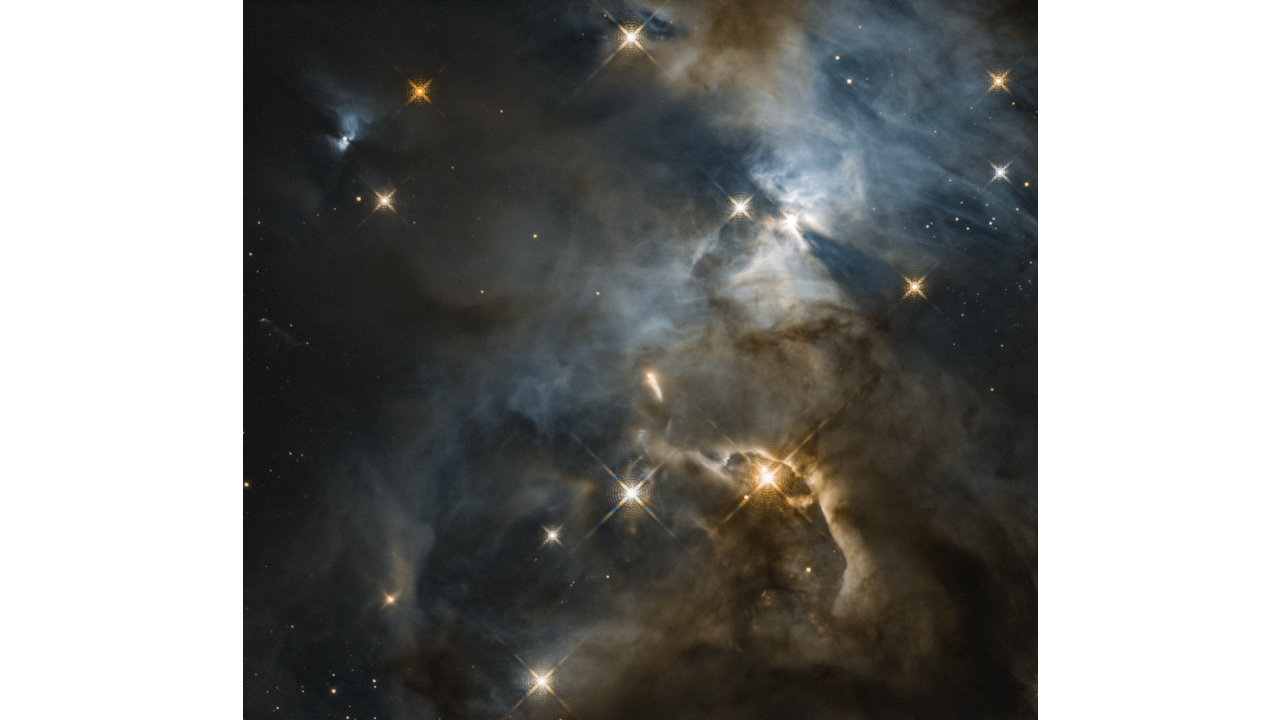
Hubble Sees a Cosmic Flapping ‘Bat Shadow’
A disk around a young star is casting a huge shadow resembling a pair of wings on a distant cloud. In 2018, Hubble astronomers nicknamed the phenomenon the Bat Shadow. Now, they see those “wings” flapping!
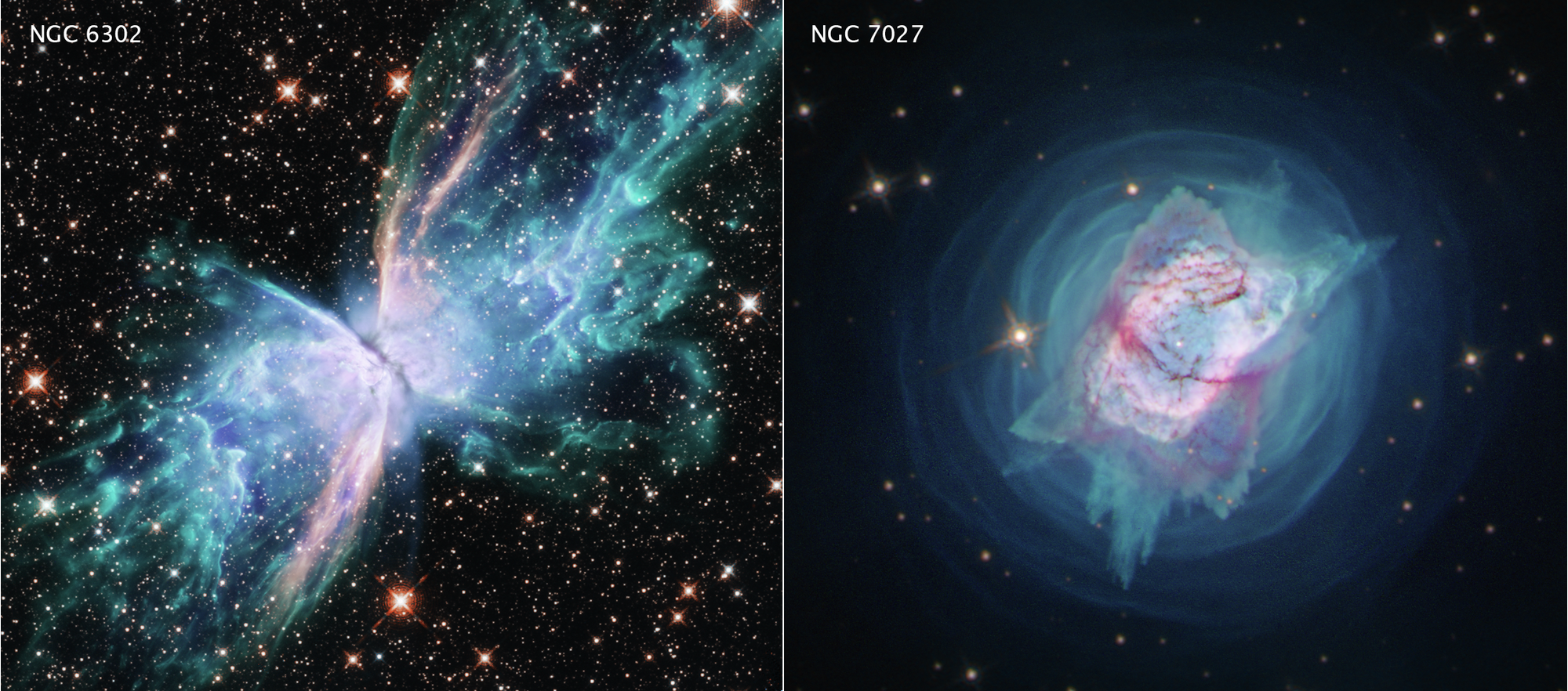
Hubble Provides Holistic View of Stars Gone Haywire
New images from the Hubble Space Telescope have helped researchers identify rapid changes in material blasting off stars at the centers of two planetary nebulas NGC 6302 and NGC 7027— causing them to reconsider what is happening at their cores.

Nuclear thermal propulsion research wins UAH graduate student AAS Molly Macauley Award
Research on seeded hydrogen in nuclear thermal rocket engines has won a graduate research assistant at The University of Alabama in Huntsville (UAH) one of two 2020 American Astronautical Society (AAS) Molly Macauley Awards for Science and Engineering.
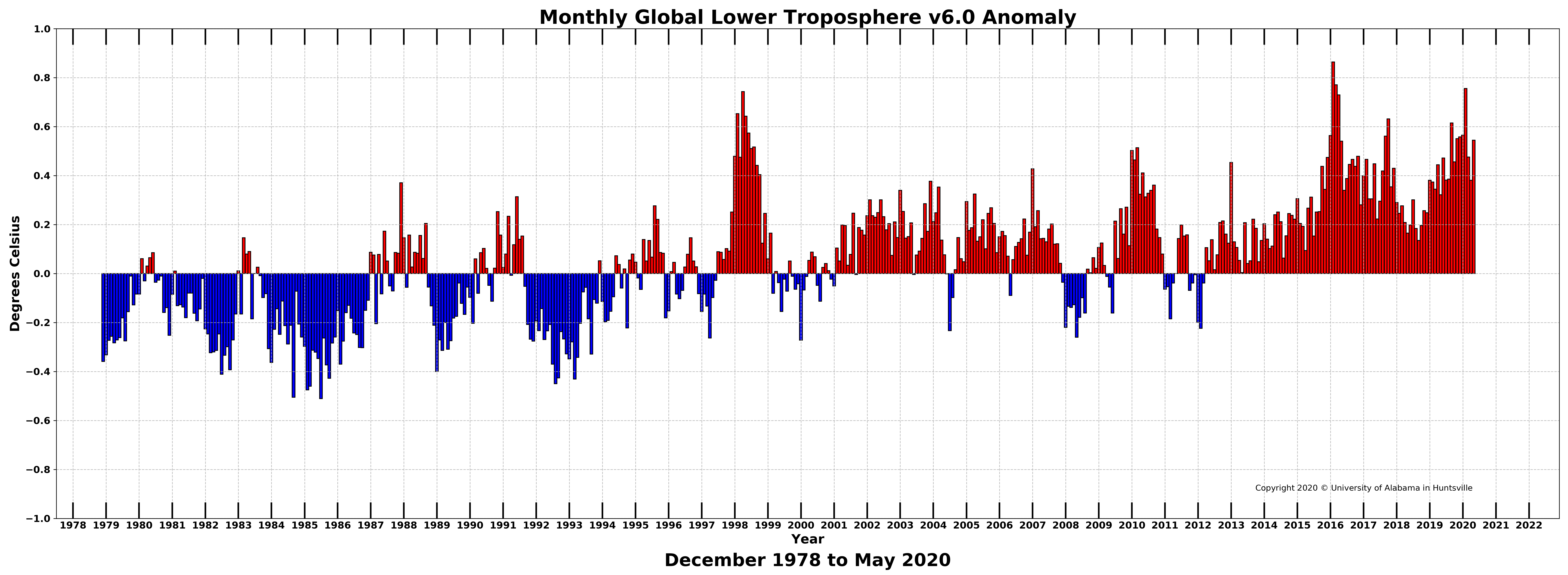
Global climate trend since Dec. 1 1978: +0.14 C per decade
Global Temperature Report: May 2020

Intense Flash from Milky Way’s Black Hole Illuminated Gas Far Outside of Our Galaxy
Not long ago, the center of our galaxy exploded. Our primitive ancestors, already afoot in Africa, probably saw the resulting flare. Now Hubble detects that flash’s signature in a huge tail of gas orbiting the galaxy some 200,000 light-years away.
UNH Space Science Center Offers Out of This World Experience
Scientists from the University of New Hampshire’s Space Science Center will use a $4.6 million grant from NASA to create the Student Collaboration Project that will offer a diverse group of college students from across the country hands-on research experience designing and building small satellites that will be launched into outer space and collect data for one of NASA’s space missions.
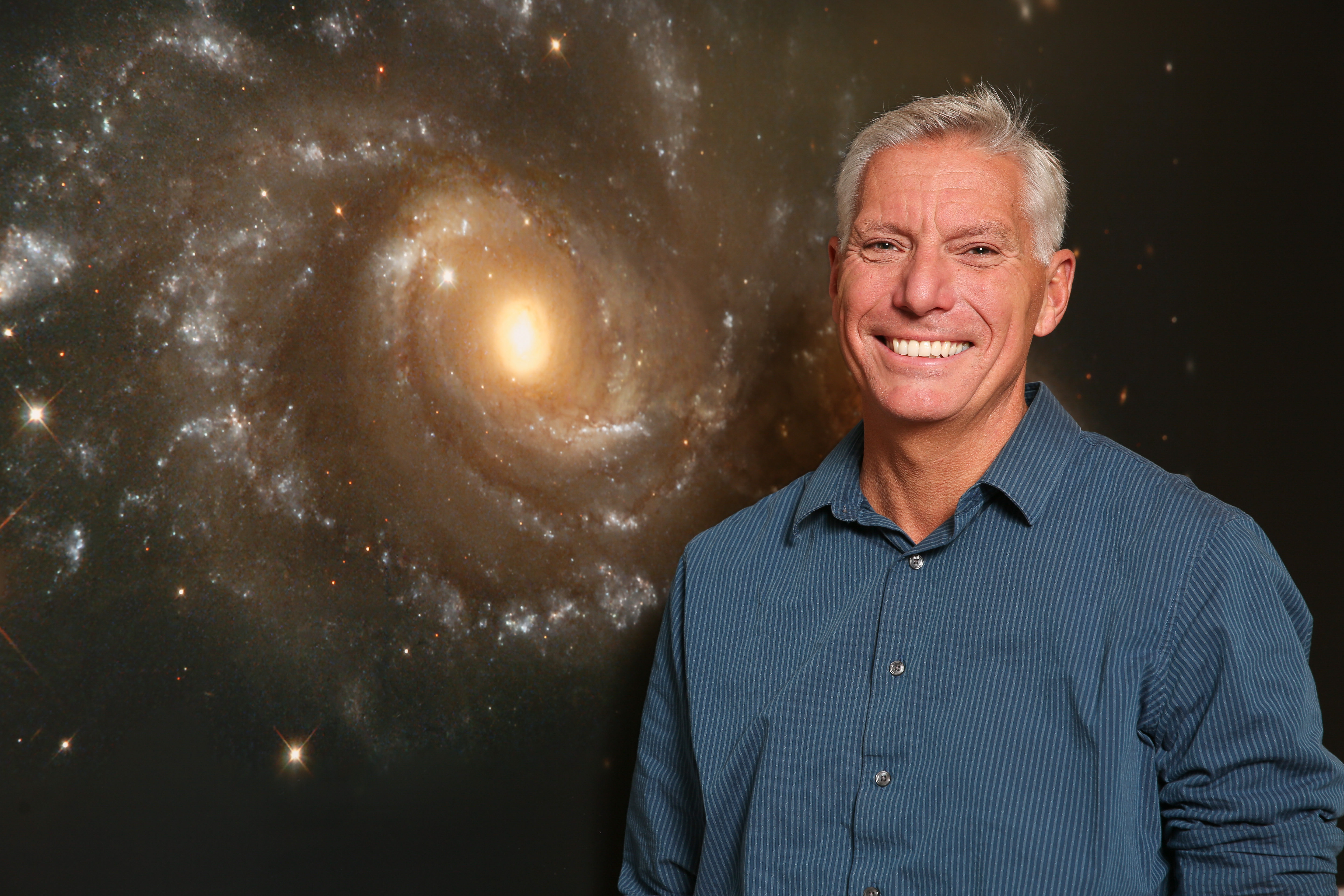
Plasma science report co-chaired by UAH astrophysicist urges better federal agency coordination
Federal agencies should better coordinate their activities in plasma science and engineering (PSE) and jointly support new funding opportunities that take advantage of PSE’s overlaps with different science disciplines, according to a decadal report by the National Academy of Sciences (NAS).